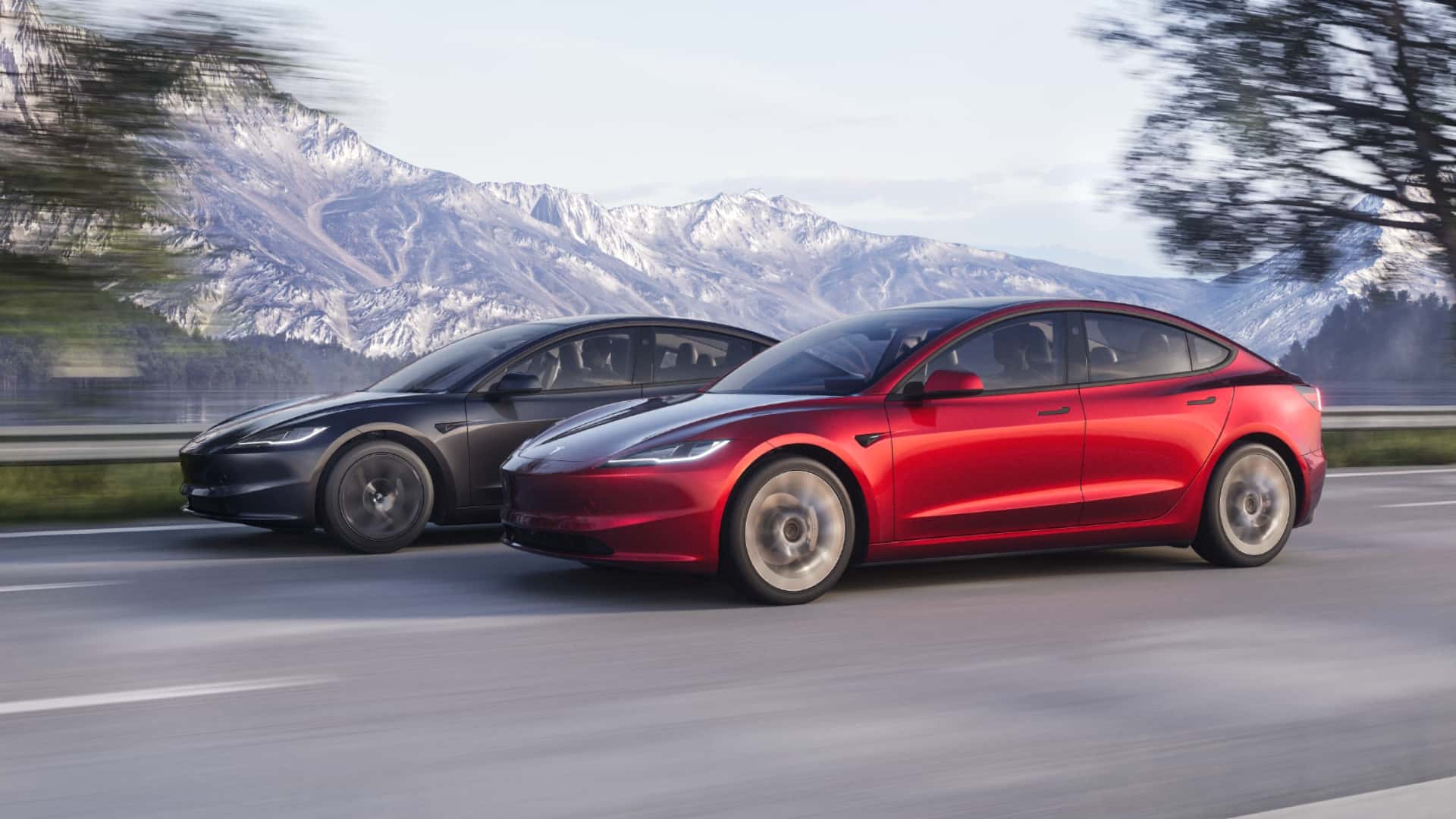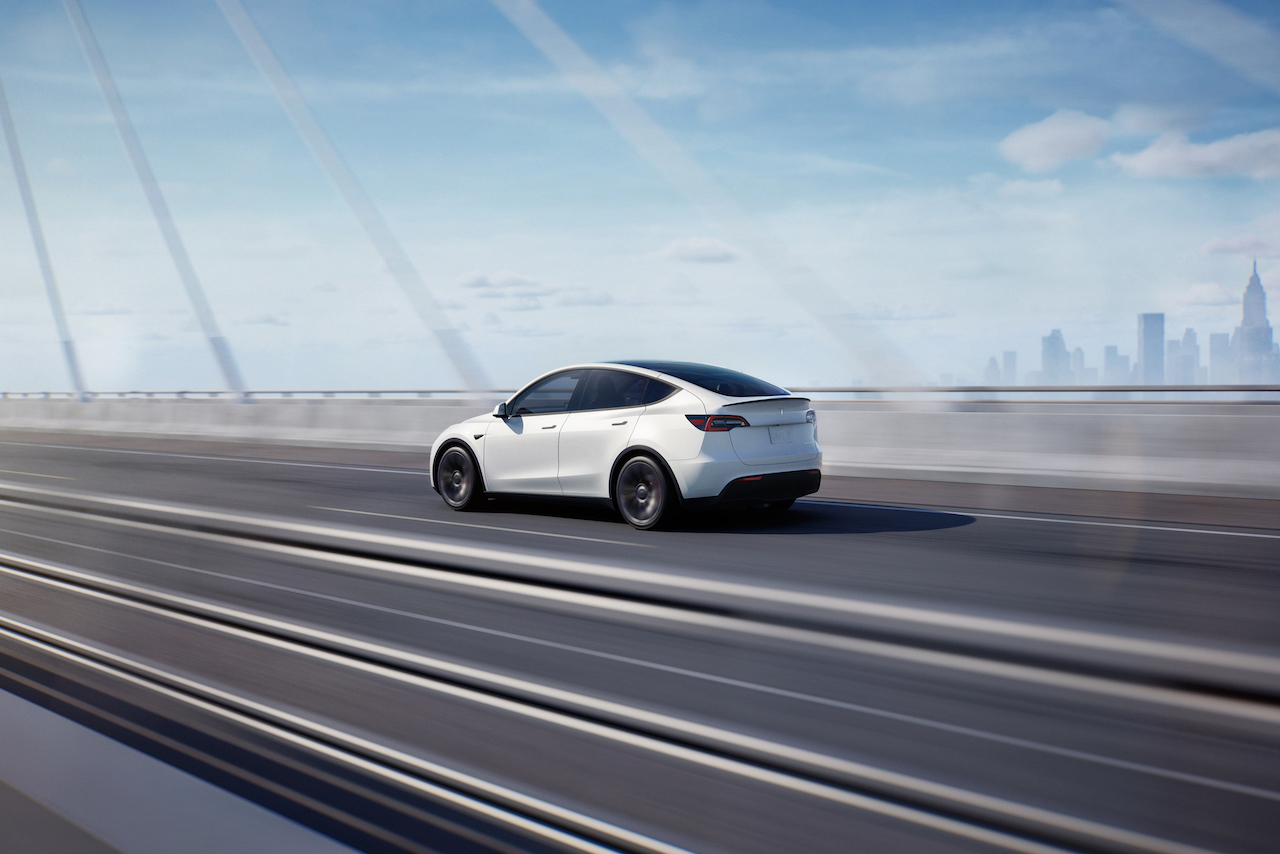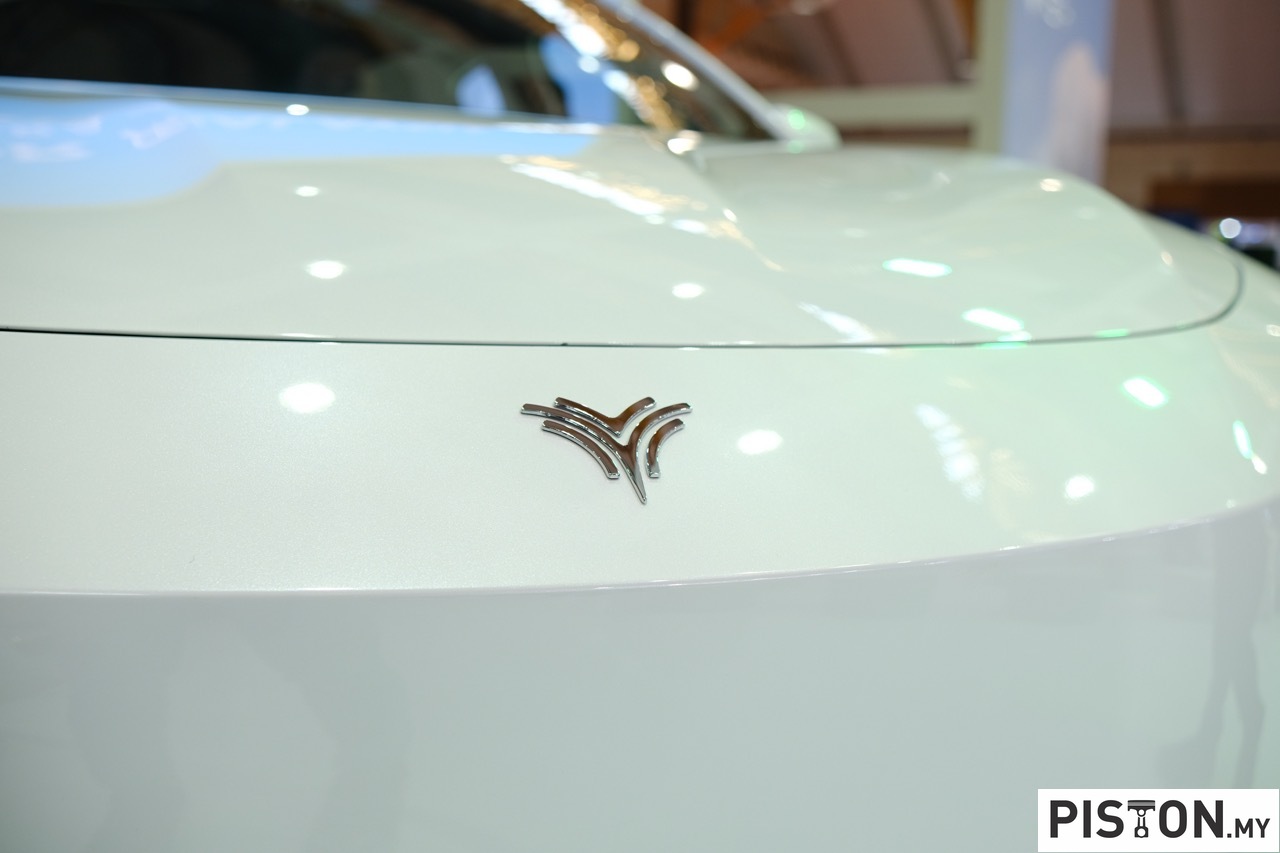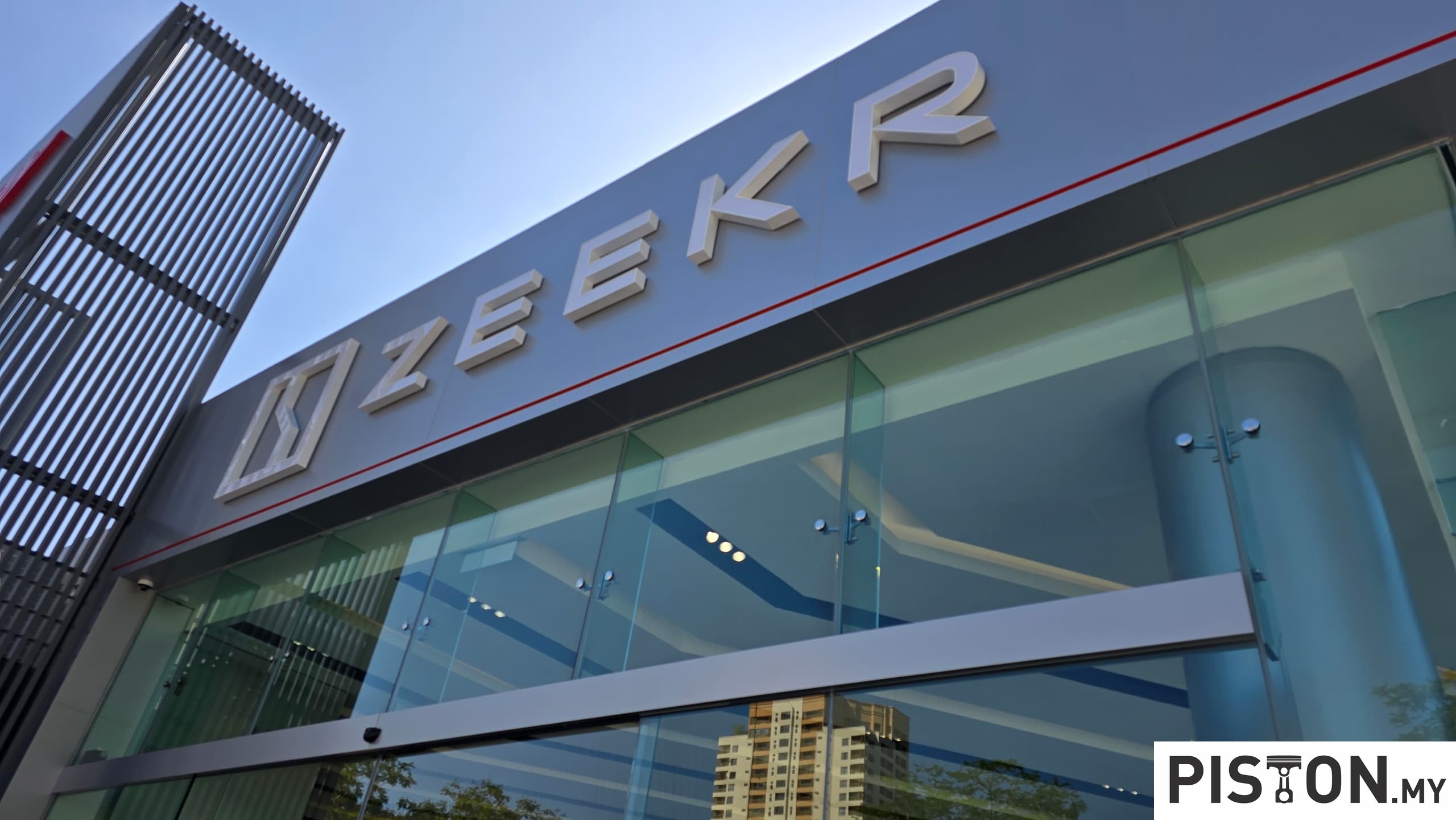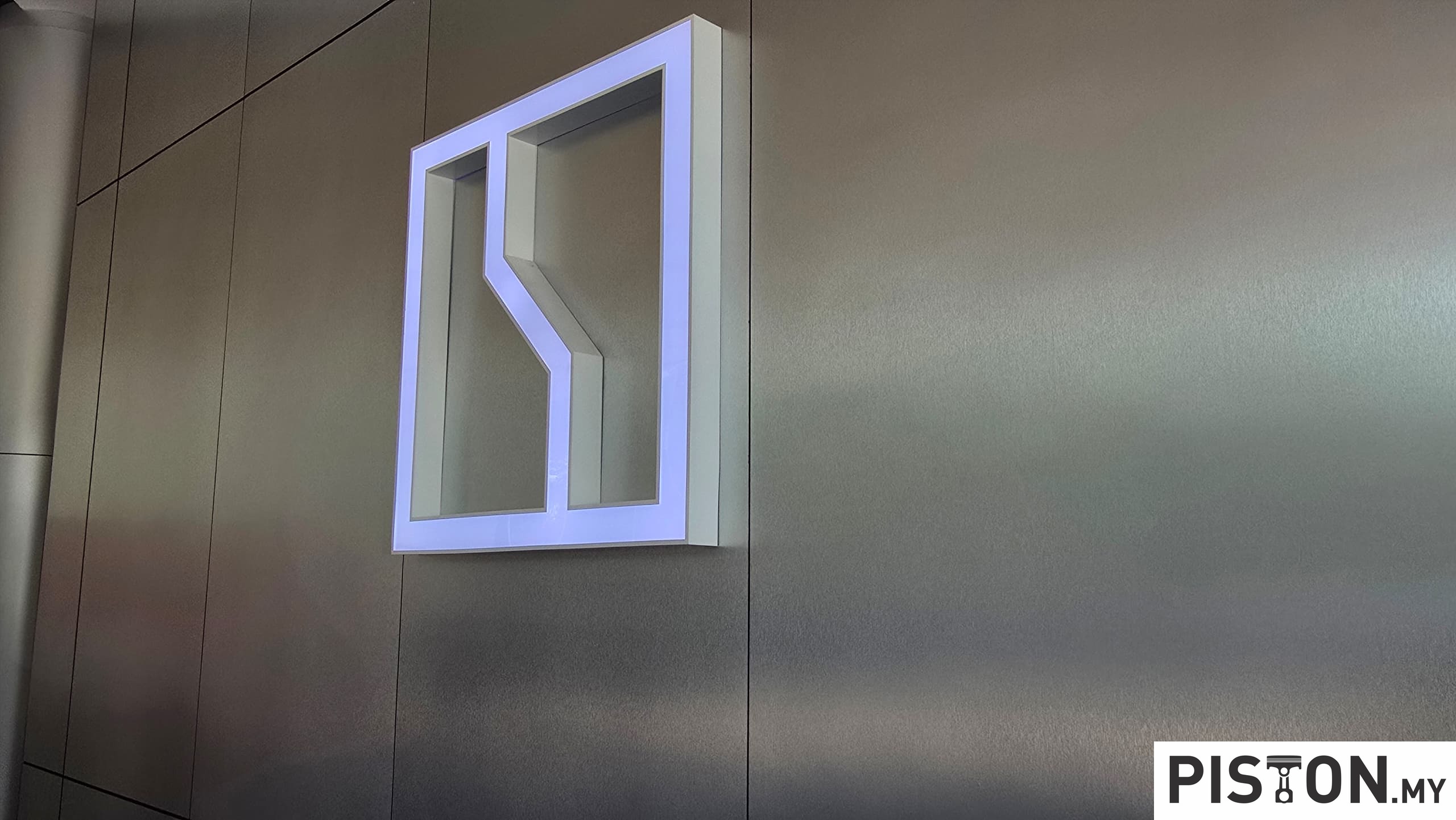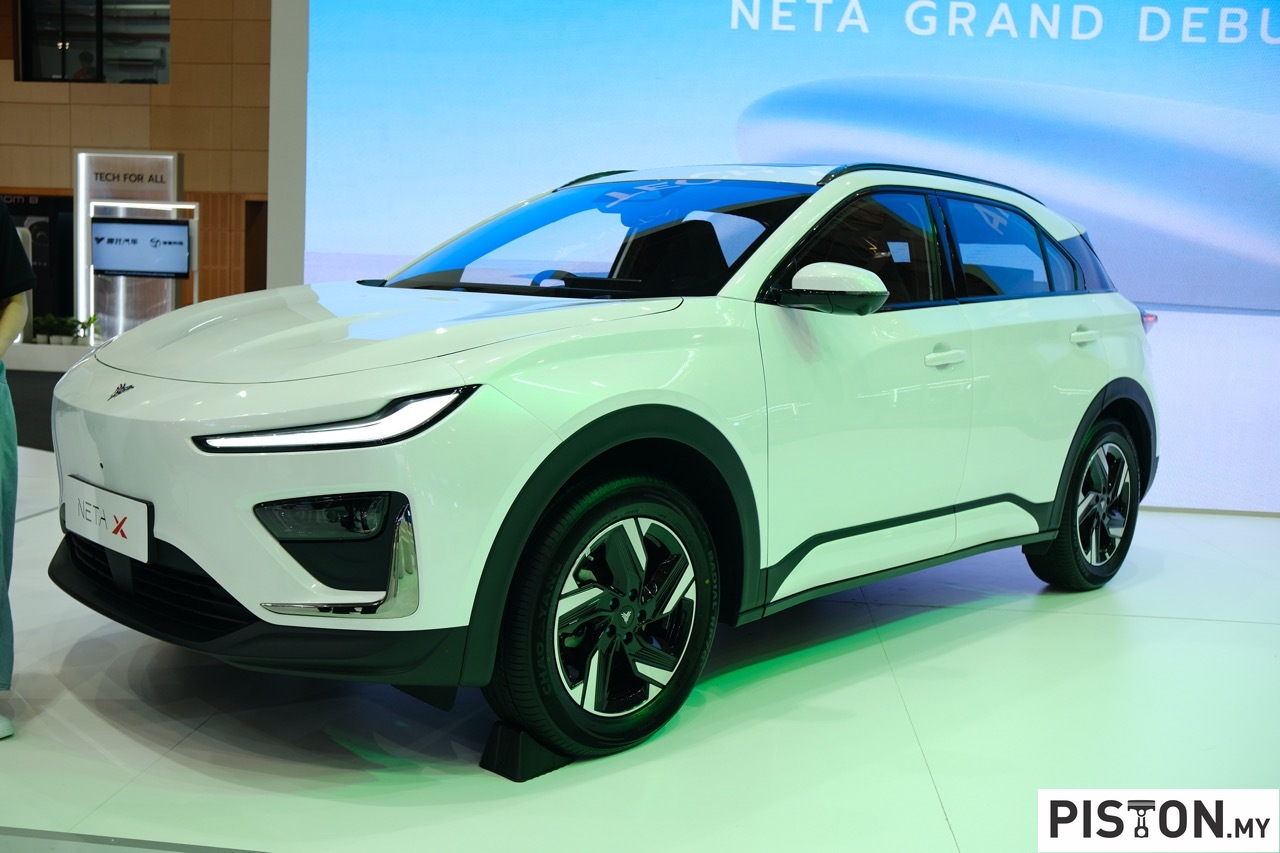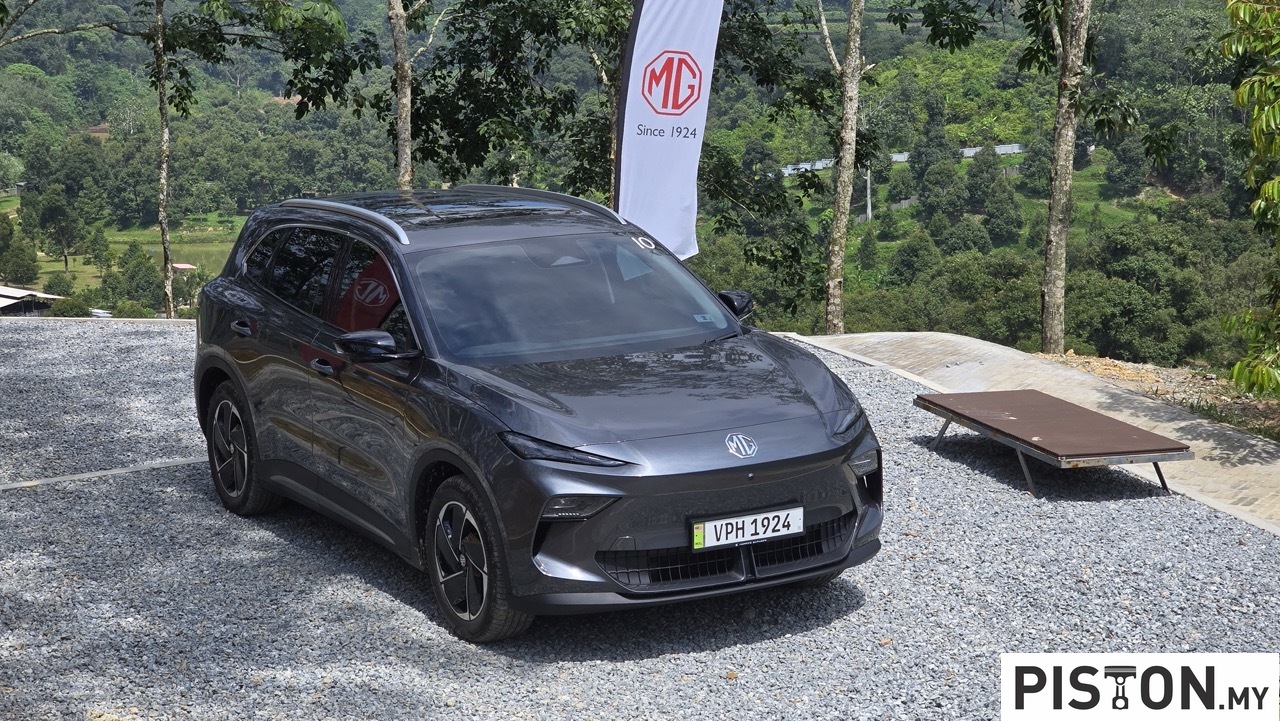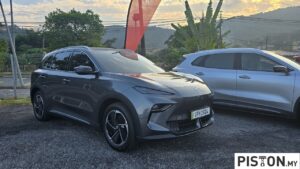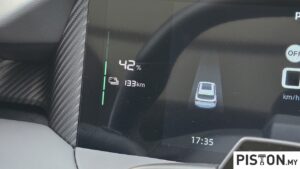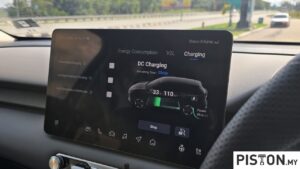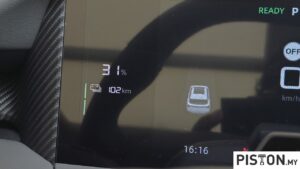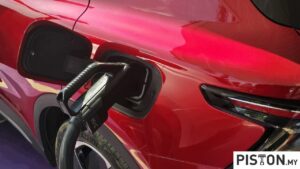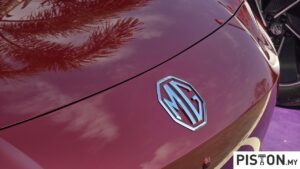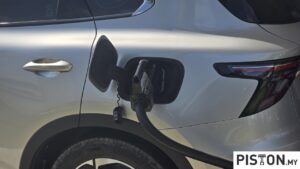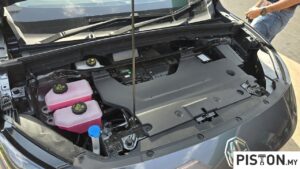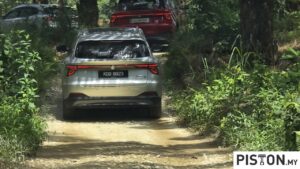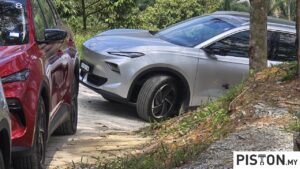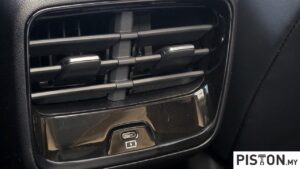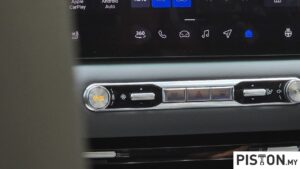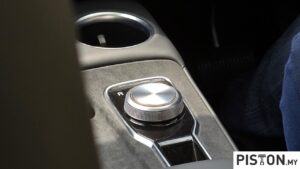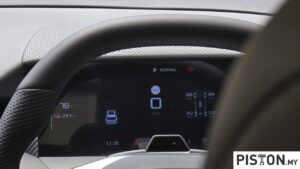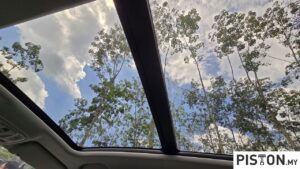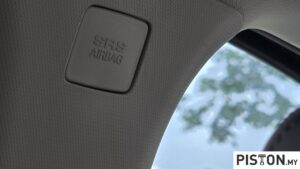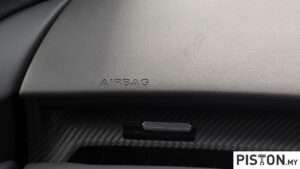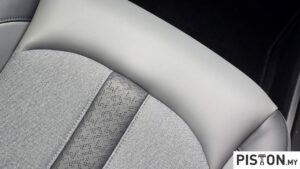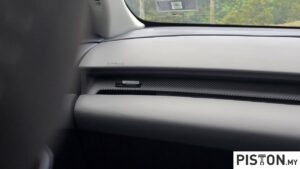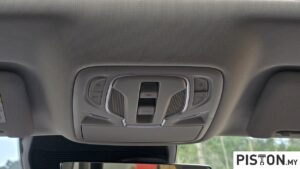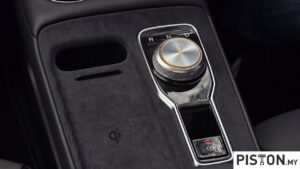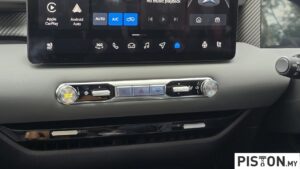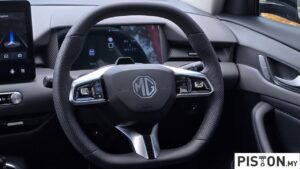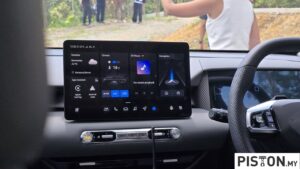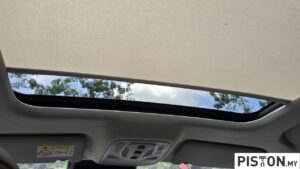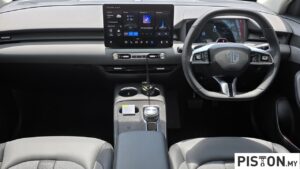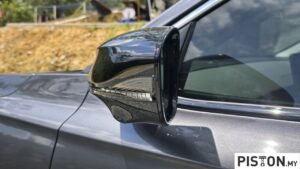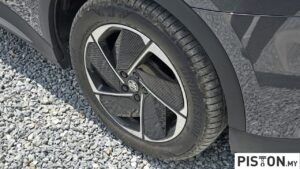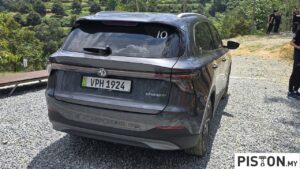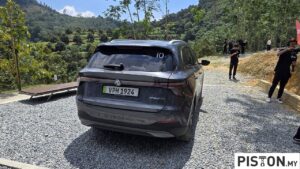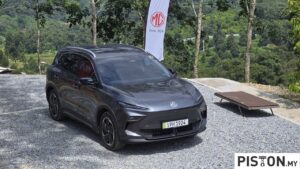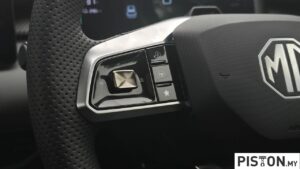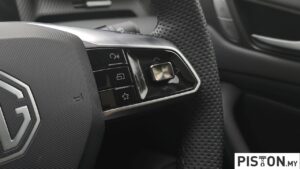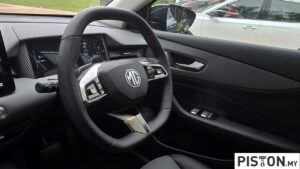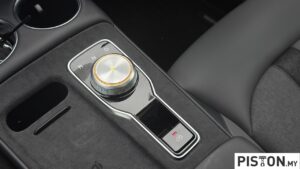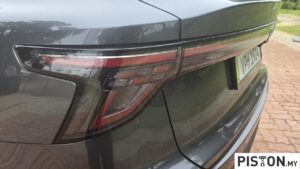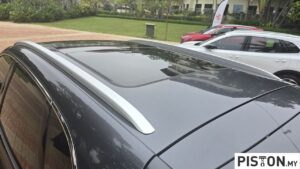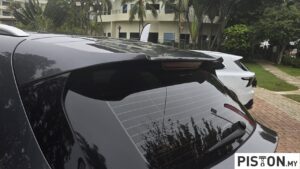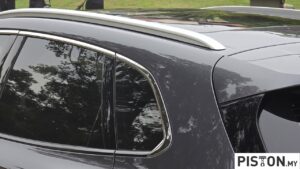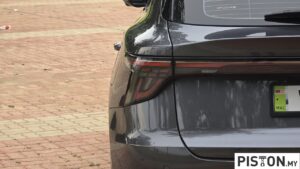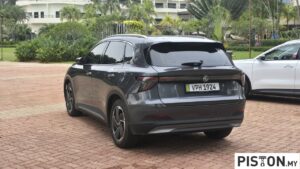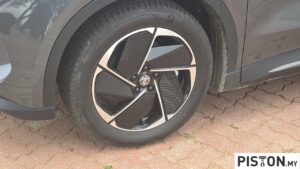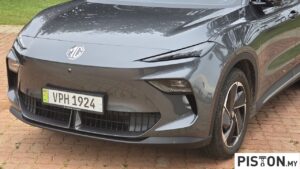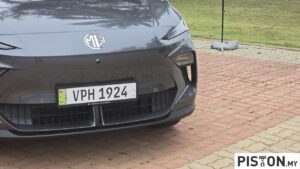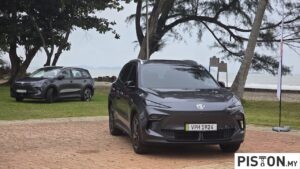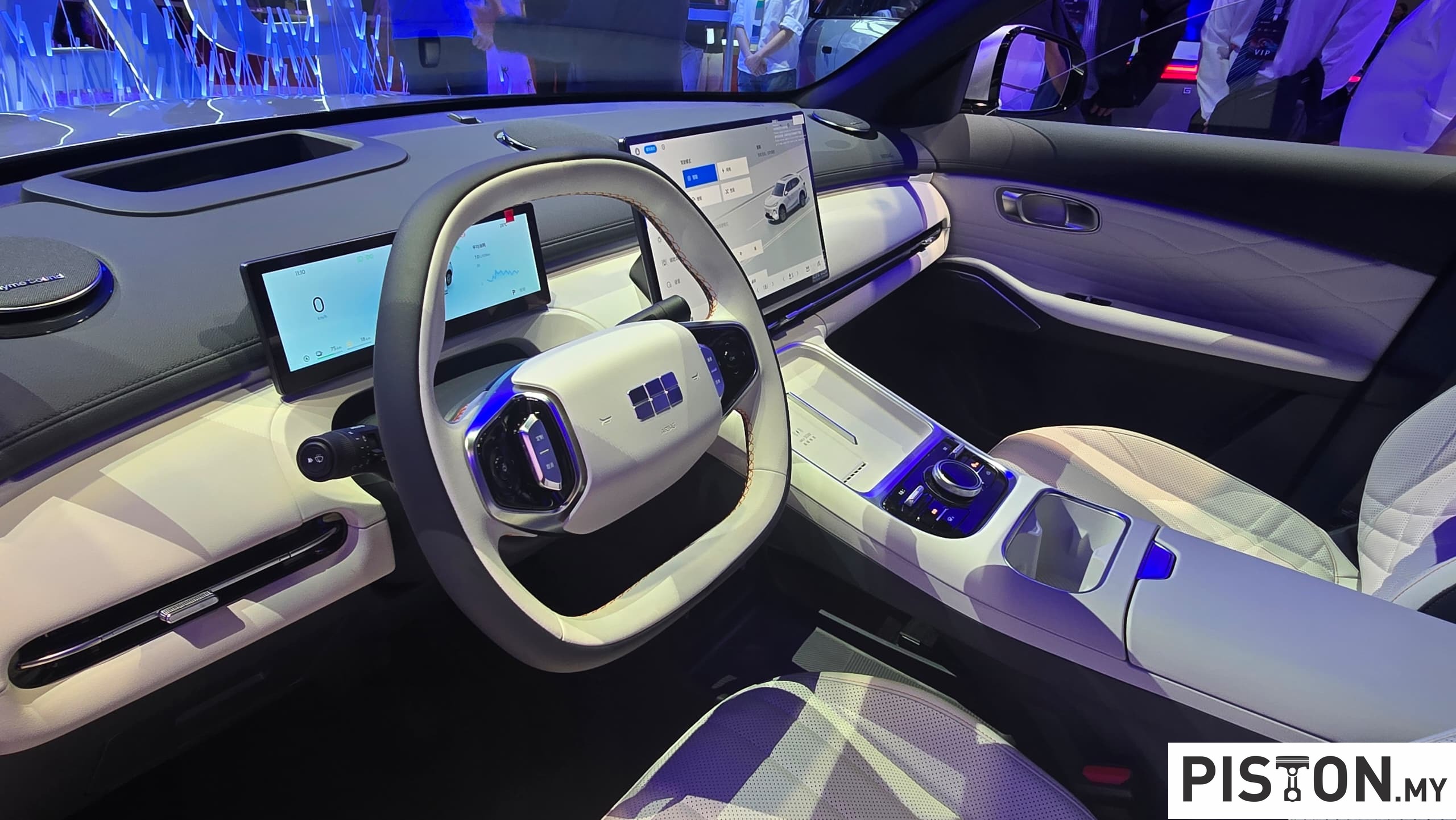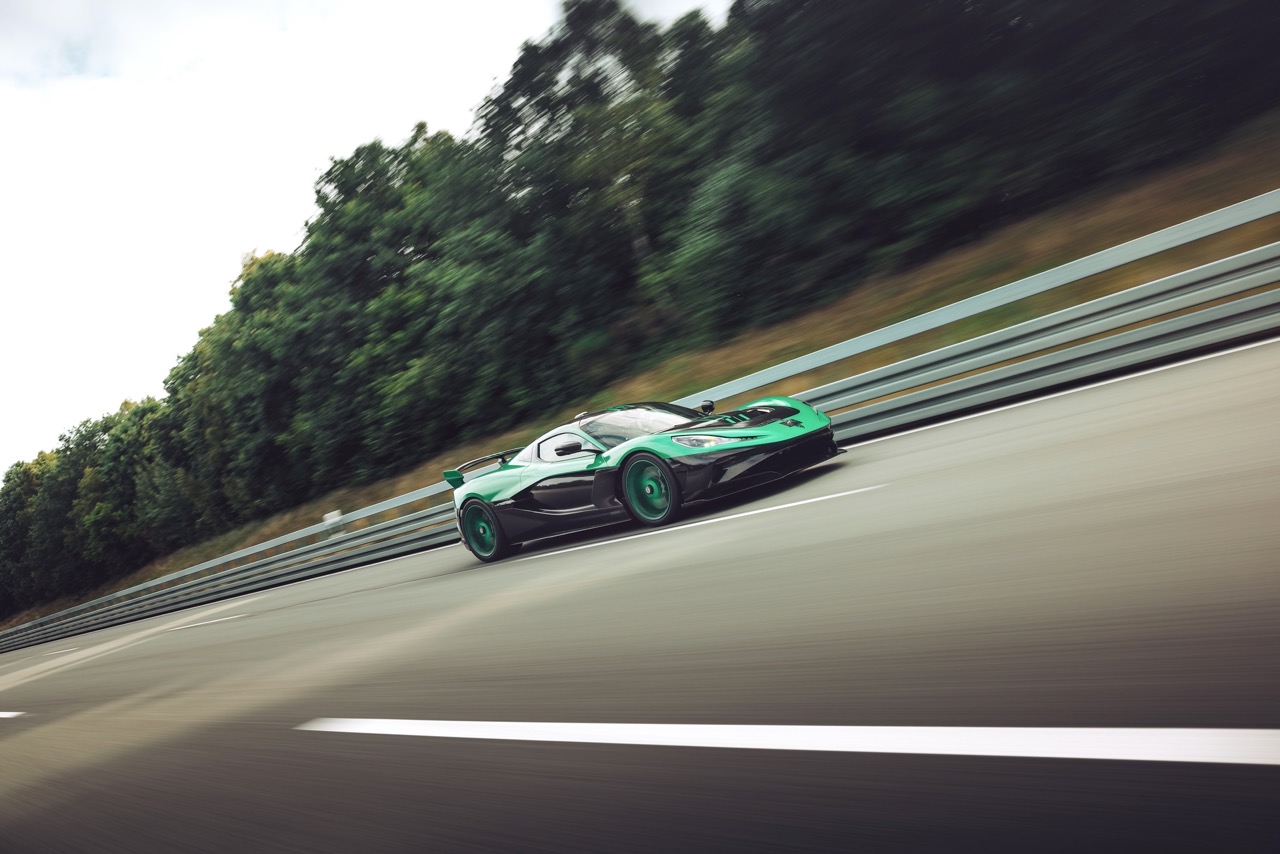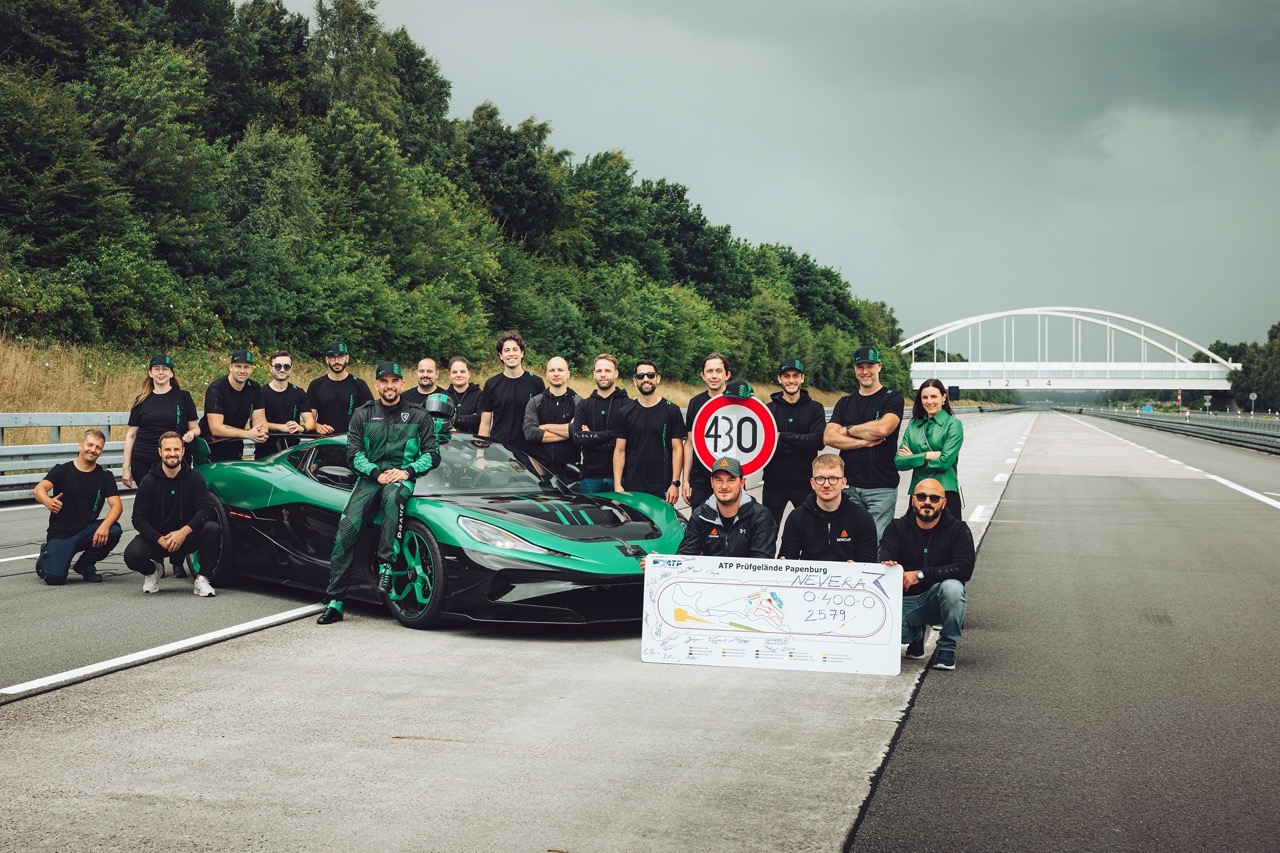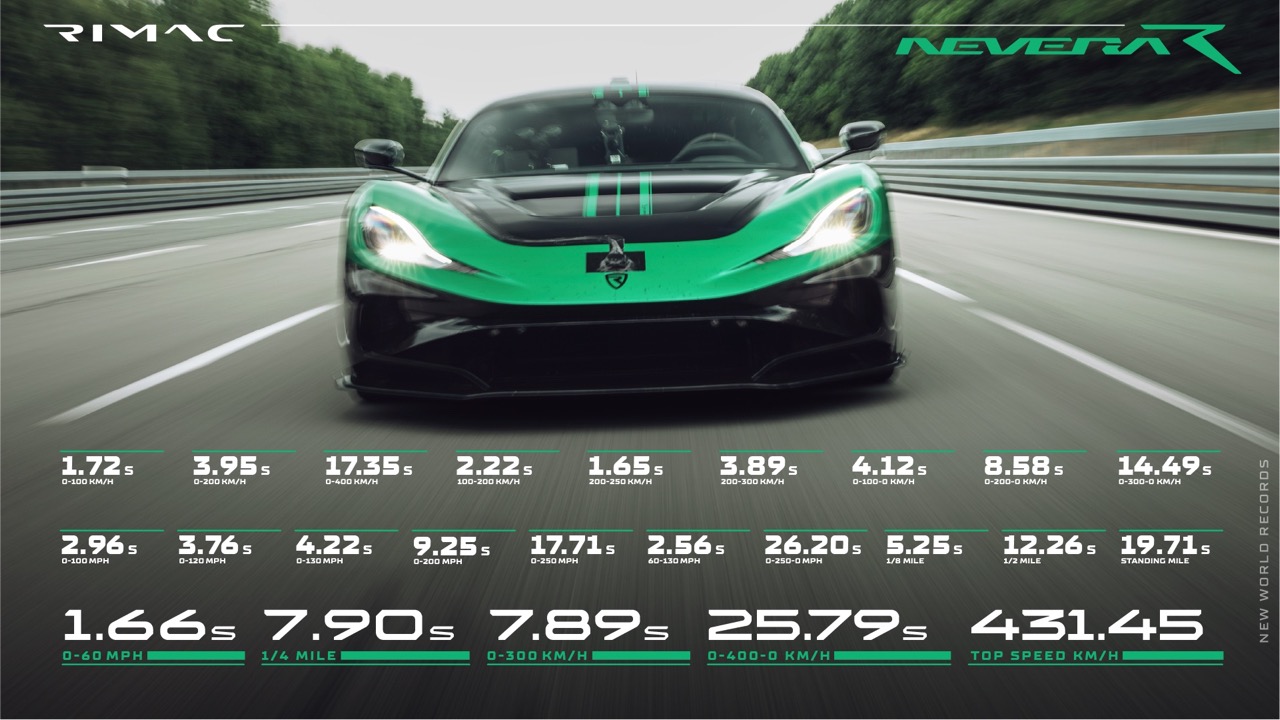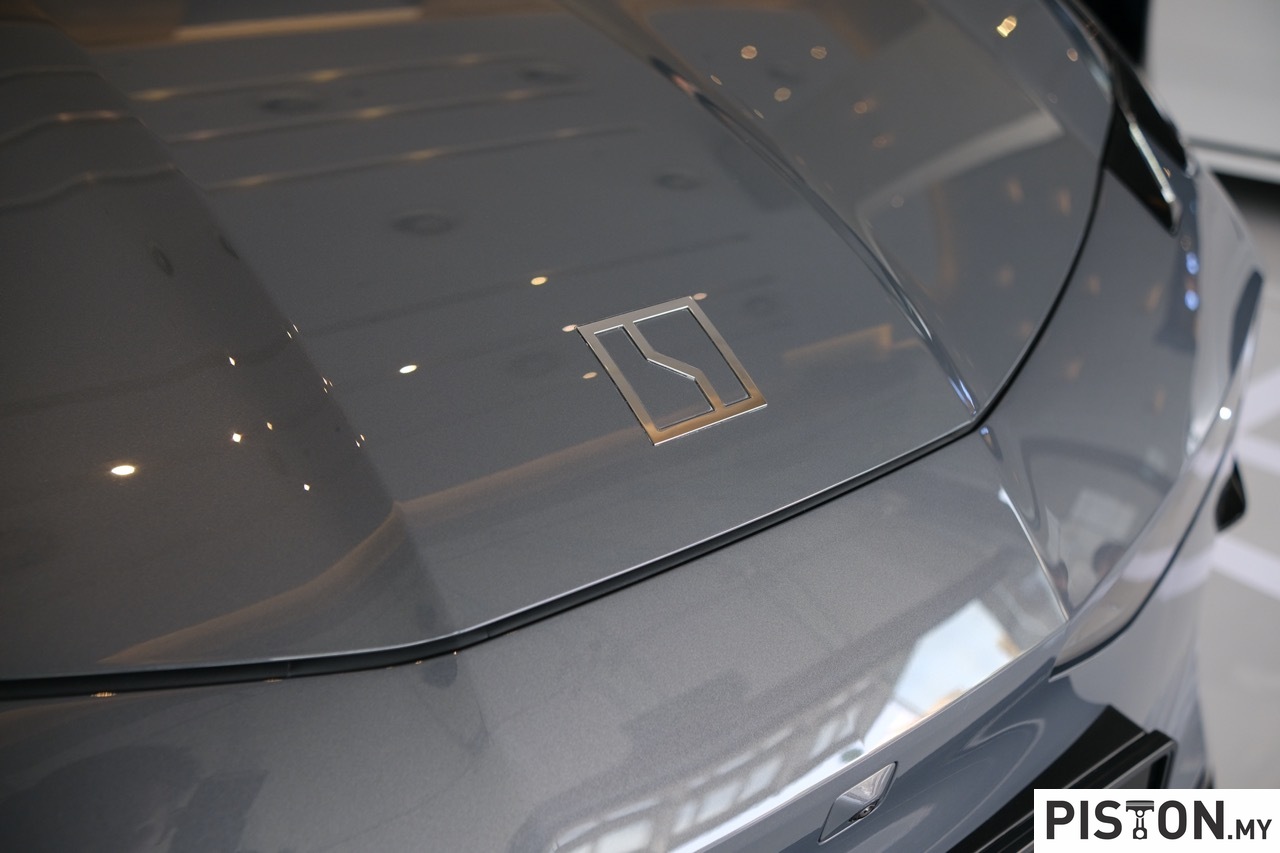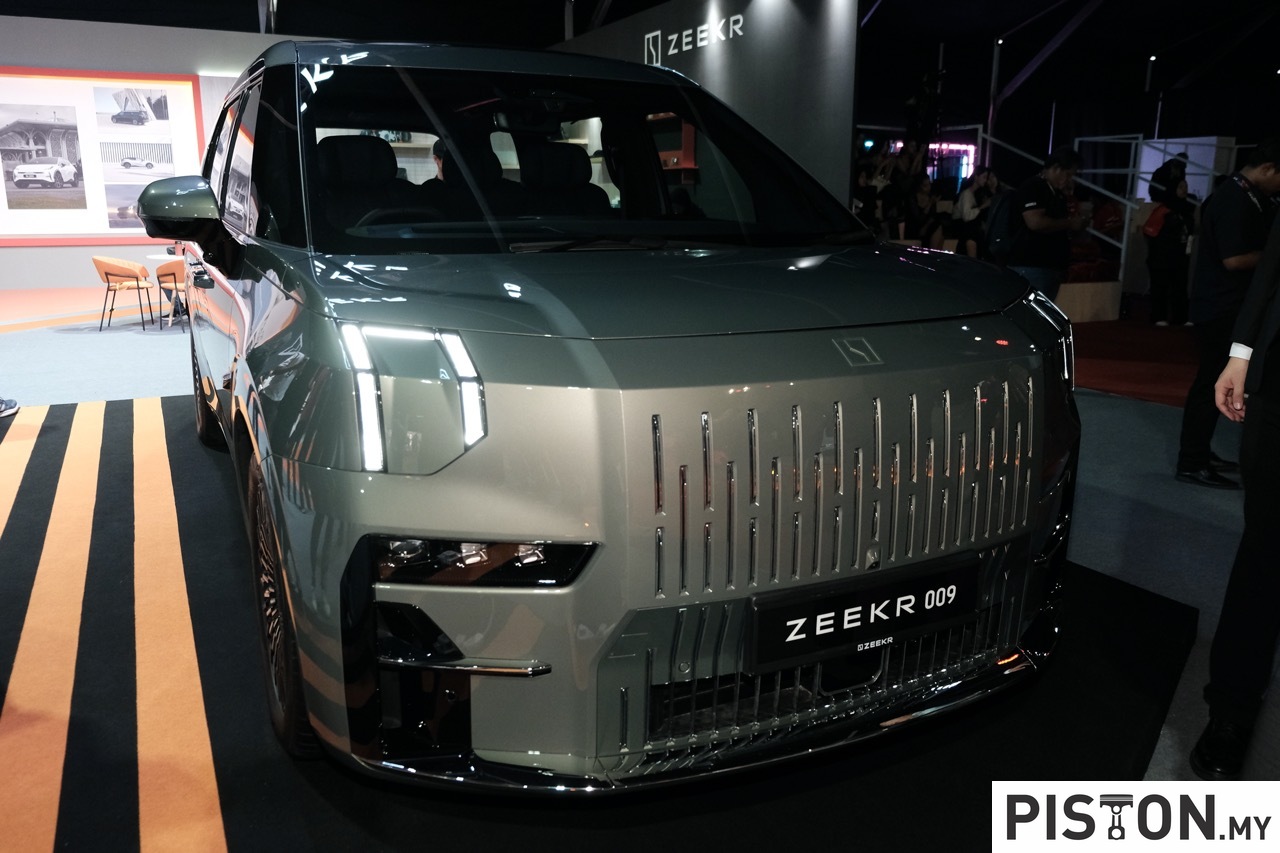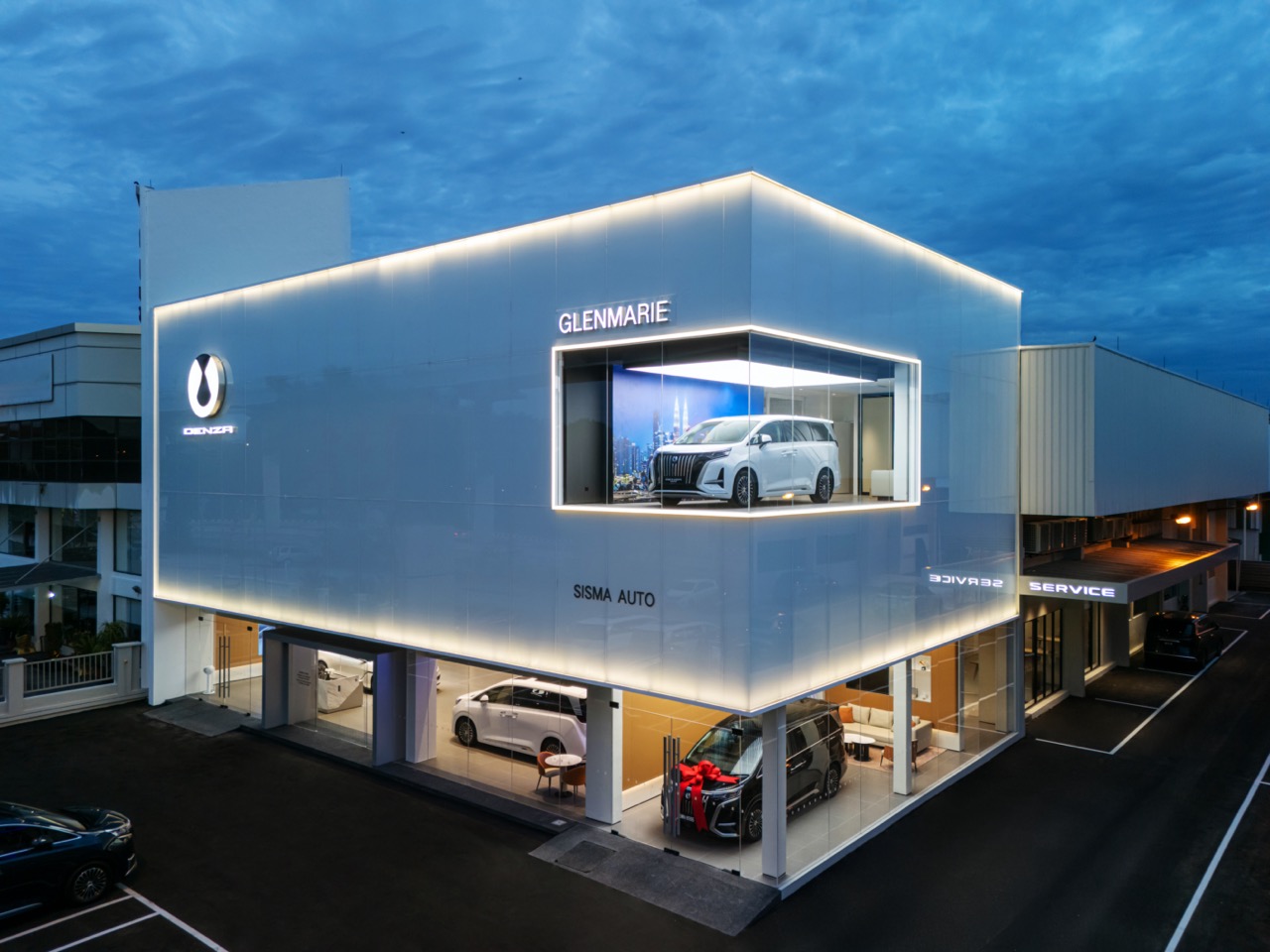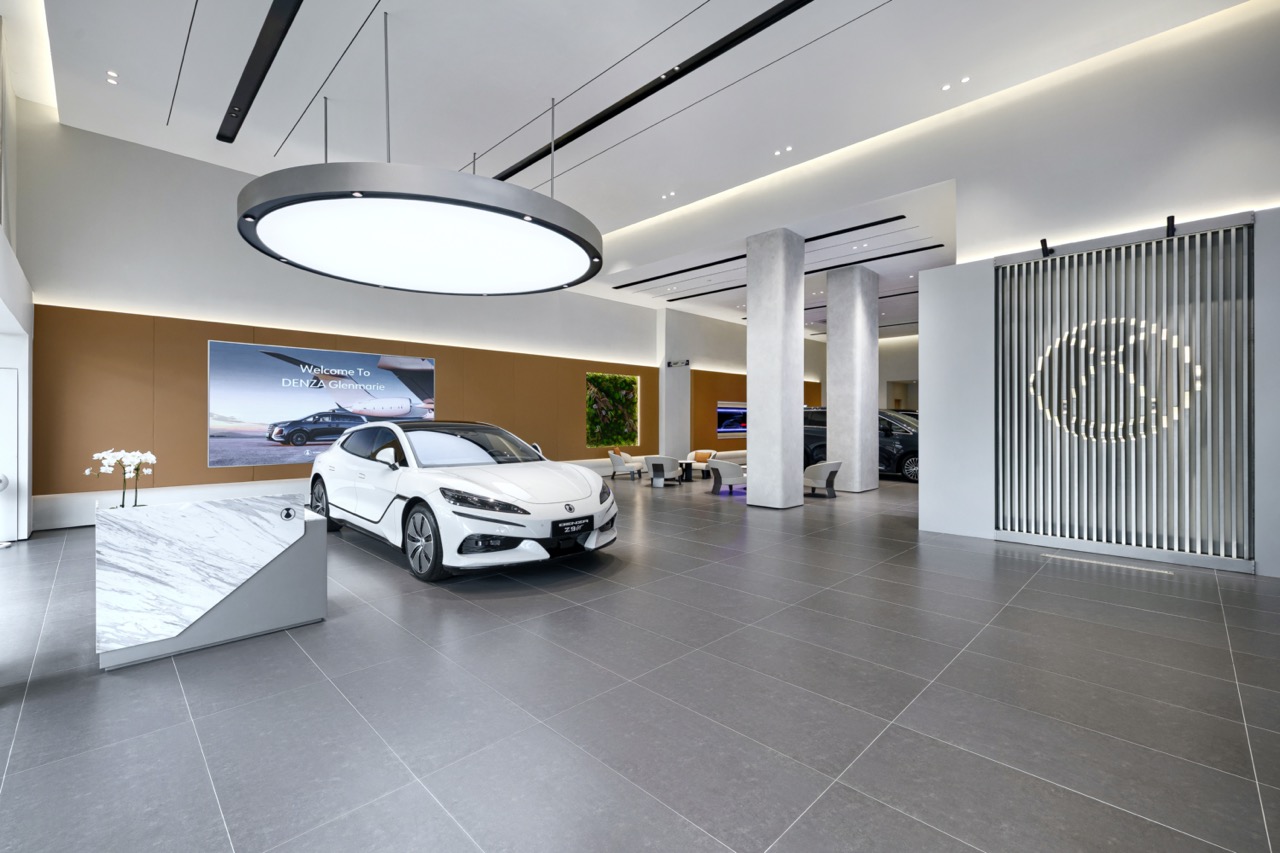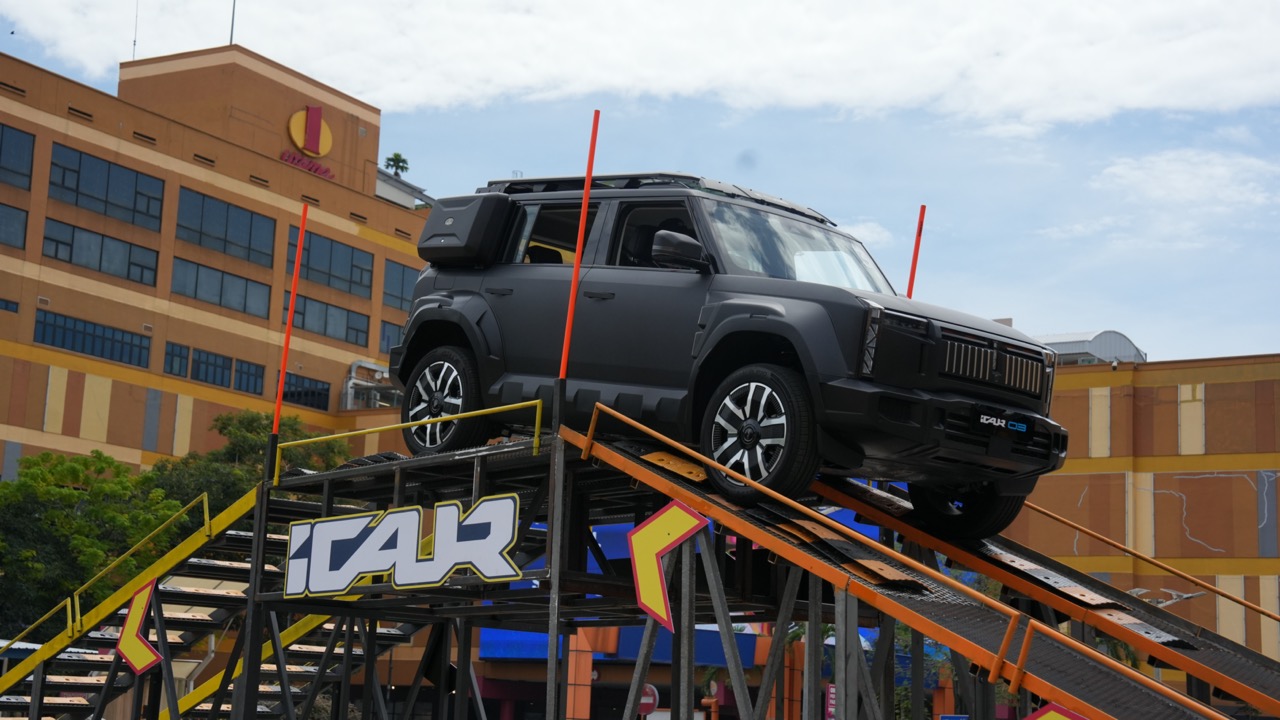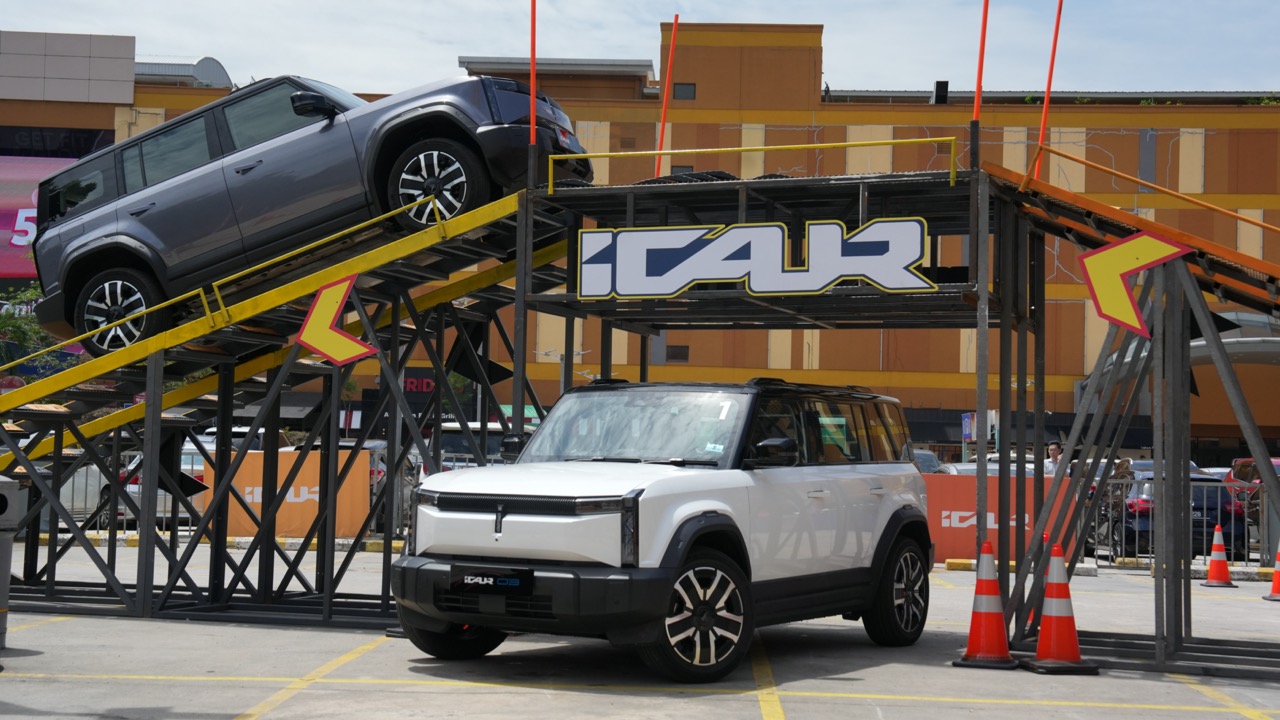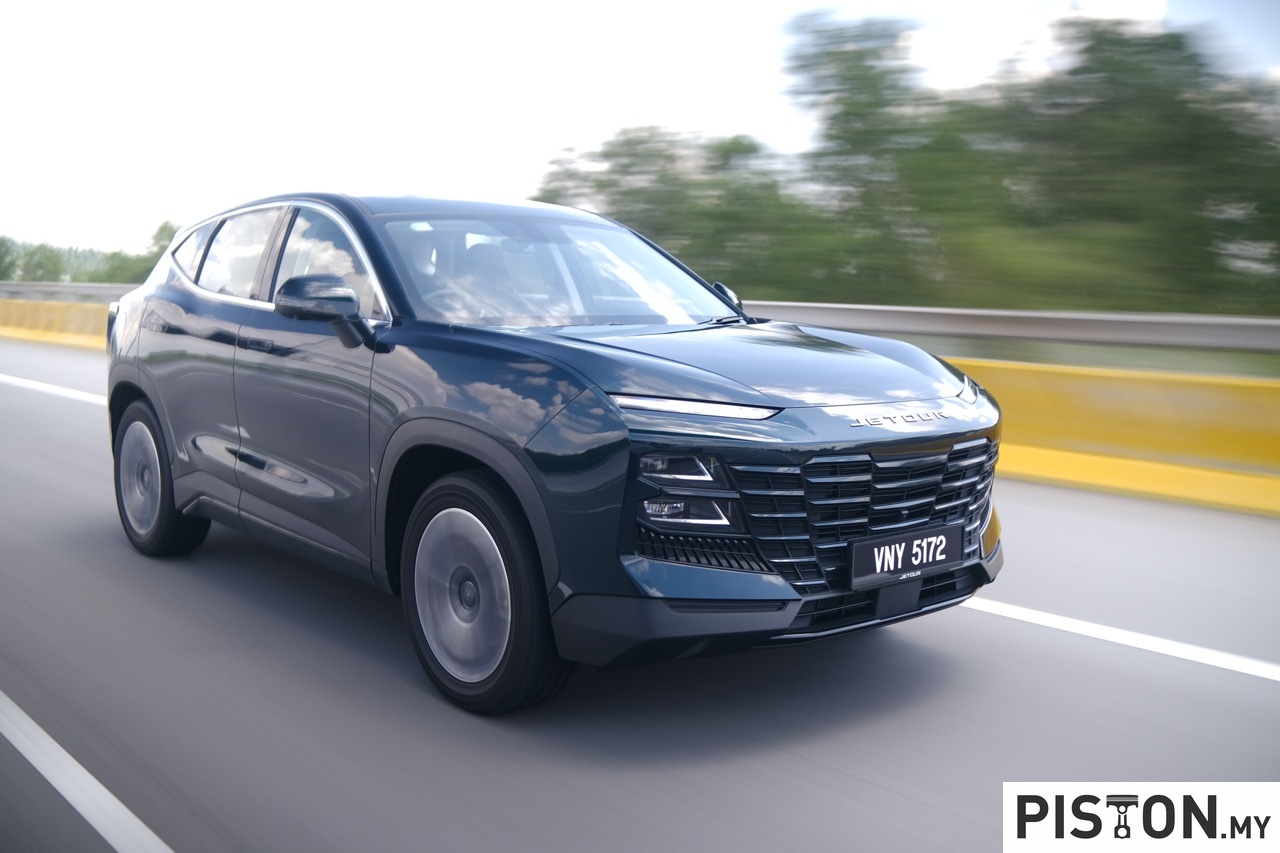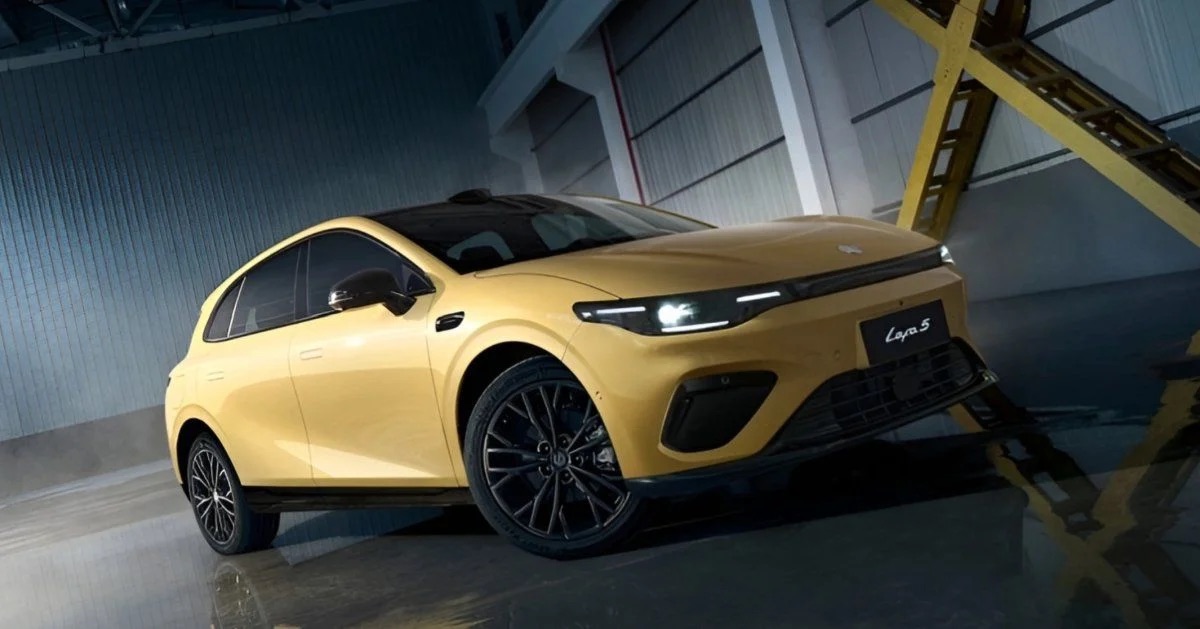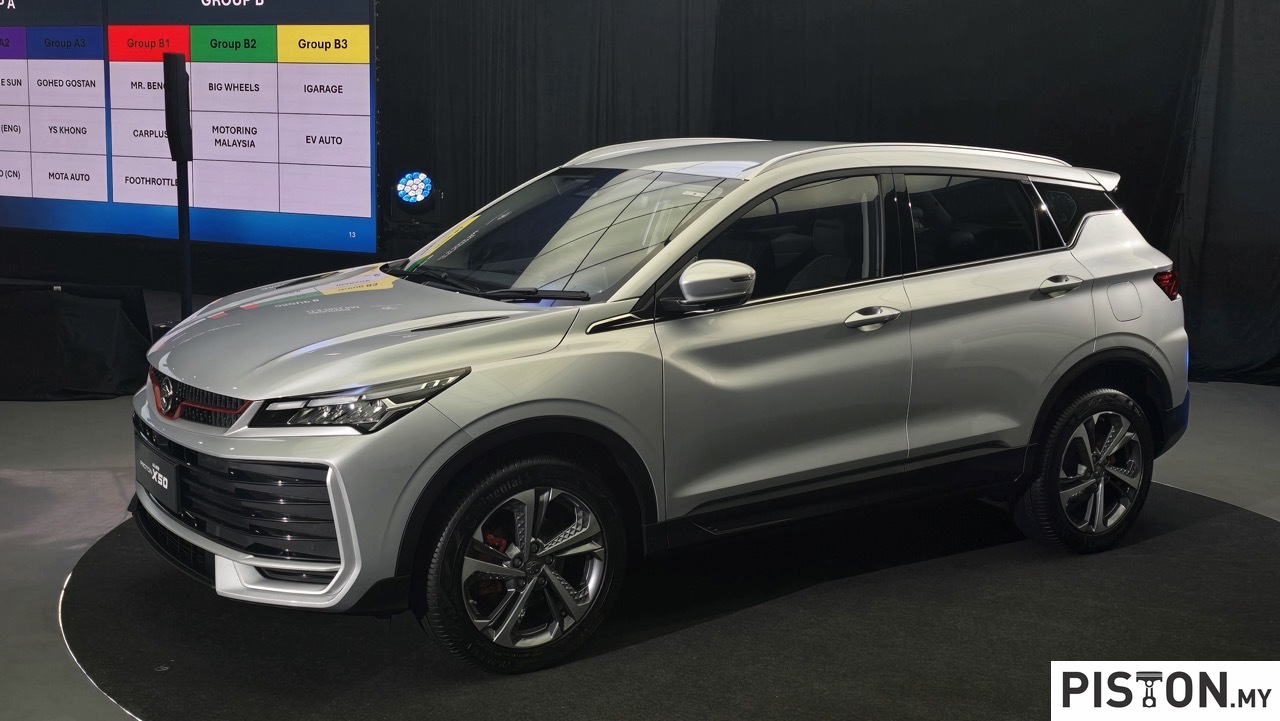Officially established in 1924, Morris Garages, better known as MG, quickly gained a reputation for producing affordable, lightweight sports cars. Iconic models such as the MG TC, MGB, and MG Midget made the brand a household name, particularly in post-war Britain, and helped define the image of the affordable British sports car worldwide.
Over the decades, MG changed hands multiple times. It became part of the Morris Motor Company in 1935, merged into the British Motor Corporation (BMC) in 1952, and later joined British Leyland in 1968, a group that struggled financially for years.
MG car production ceased in 1980, although the brand was occasionally revived throughout the 1990s and early 2000s under various ownerships, including the Rover Group and MG Rover. However, in 2005, MG Rover collapsed, leaving the brand’s future uncertain.
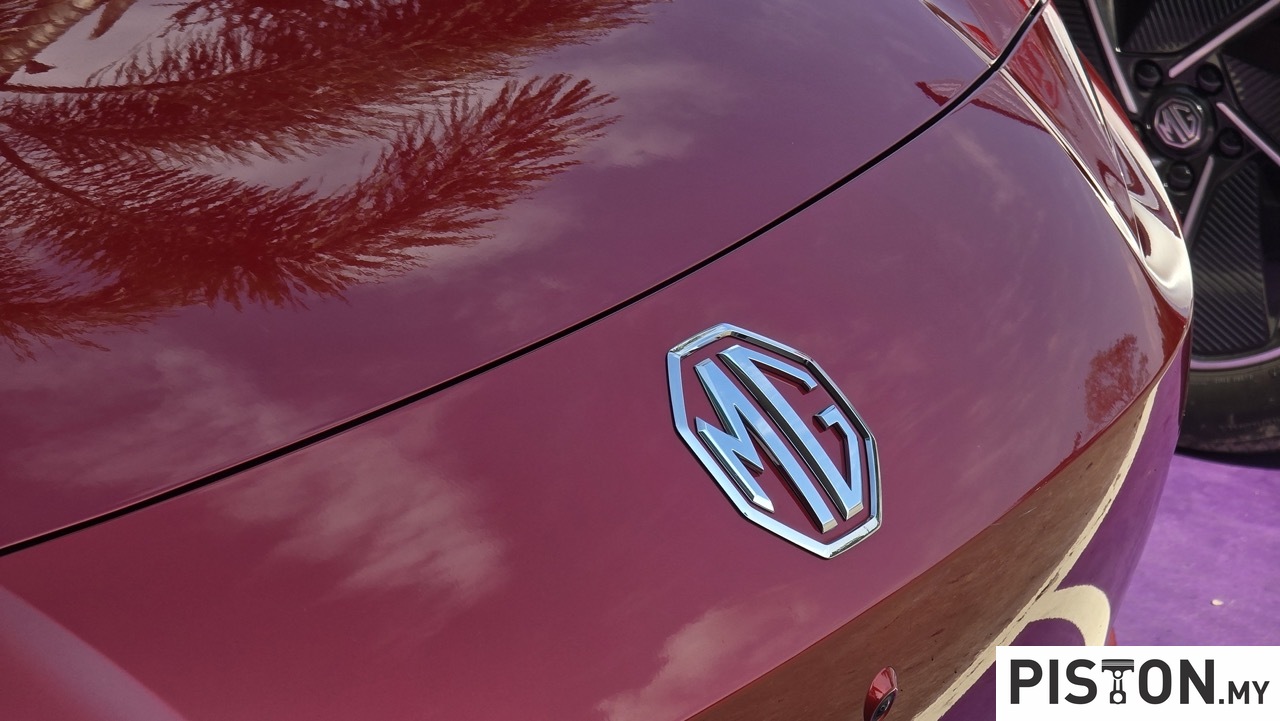
Following the bankruptcy, two major Chinese carmakers, Nanjing Automobile Group and SAIC Motor Corporation, expressed interest in acquiring MG’s assets. That same year, Nanjing Automobile successfully purchased MG Rover’s assets, including the MG brand and the historic Longbridge factory in Birmingham, England.
In 2007, SAIC Motor, China’s largest automaker, merged with Nanjing Automobile, effectively taking full control of MG and its legacy. SAIC maintained a British presence by continuing limited research and development at the Longbridge site.
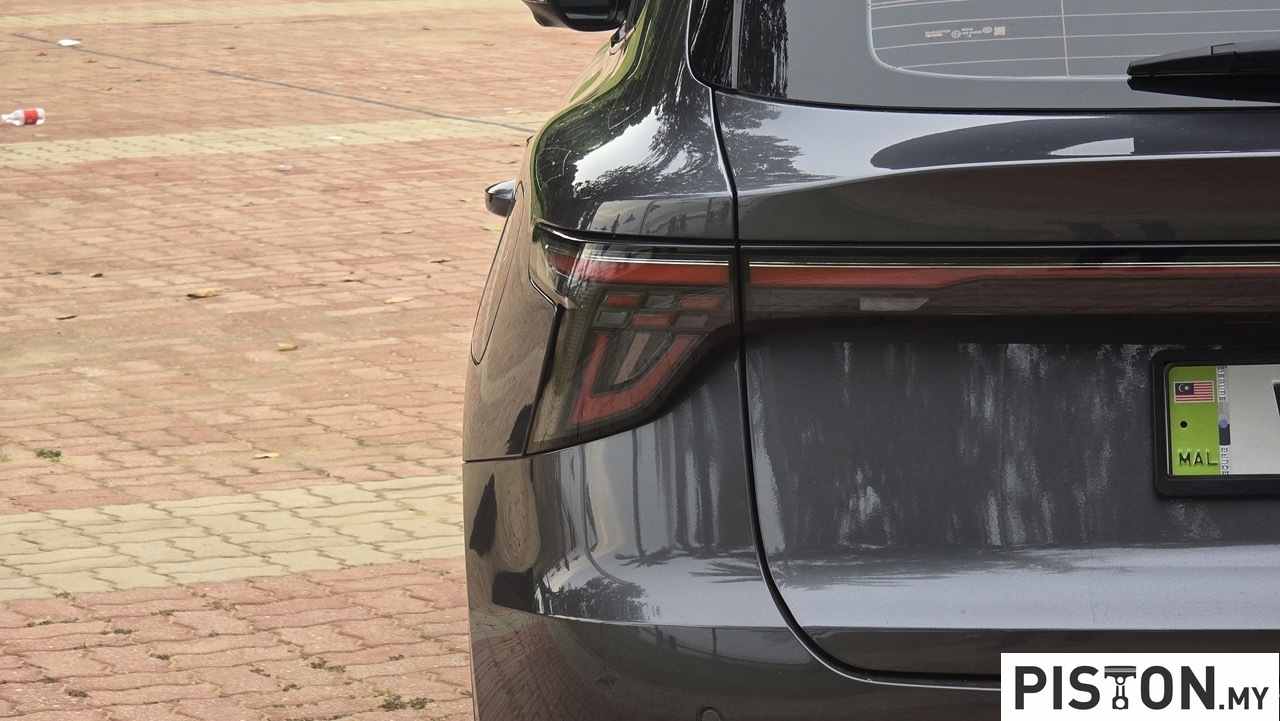
Under SAIC’s leadership, MG underwent a complete transformation. The brand moved away from its classic roadsters and adopted a modern product lineup focused on SUVs, family cars, and electric vehicles.
Notable models include the MG ZS and ZS EV, the MG HS, the all-electric MG4 hatchback, and the Cyberster roadster, reviving MG’s sporty heritage in electrified form.
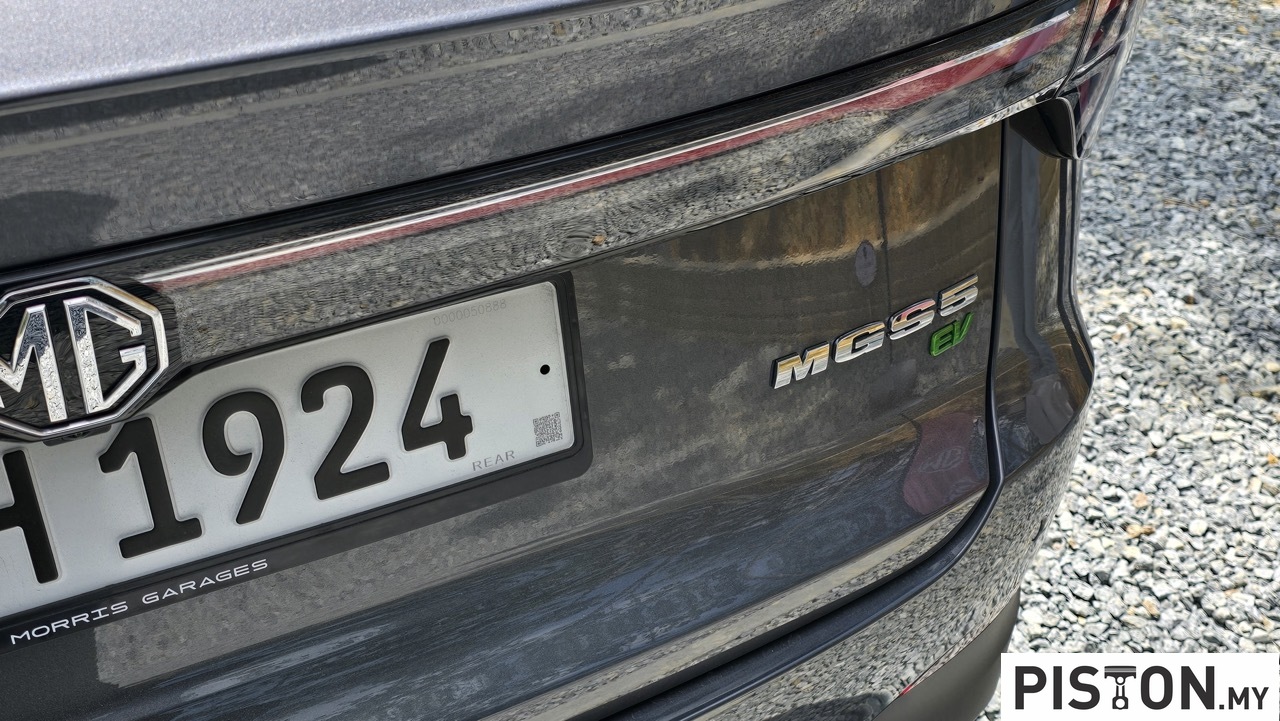
With this new direction, MG has expanded into multiple global markets, including the UK, Europe, Australia, the Middle East, and Southeast Asia.
In May 2025, MG Malaysia formally announced the retail price of its all-electric MGS5 EV, setting it at RM115,900 for the COM variant, RM125,900 for the COM Long Range, and RM135,900 for the LUX Long Range.
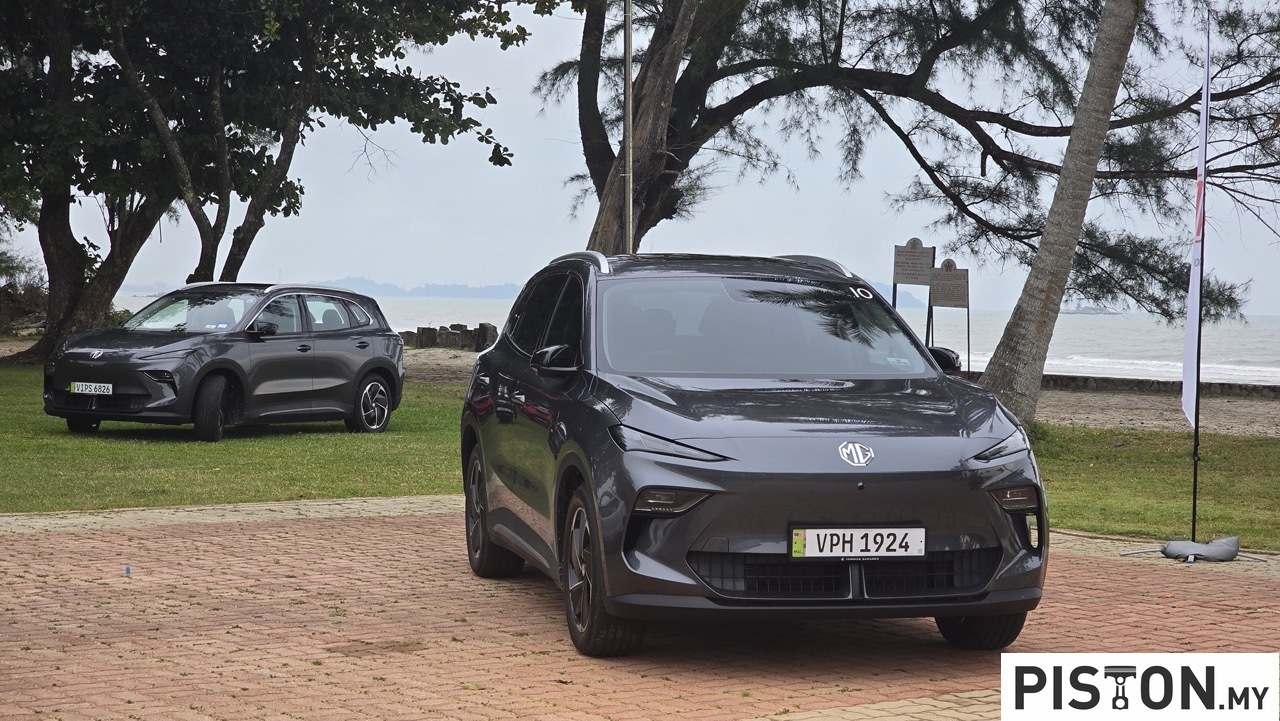
This came shortly after its public debut at the Malaysia Autoshow 2025, where the company initially hinted at a starting price of RM115,000 and offered exclusive incentives to early adopters.
Fast Charging at Its Finest
The MGS5 EV is available in three trim levels: COM, COM Long Range, and LUX Long Range. The LUX variant comes with a 62 kWh battery and delivers a claimed range of up to 430 km. On paper, these are impressive numbers, but we wanted to put them to the test in the real world.
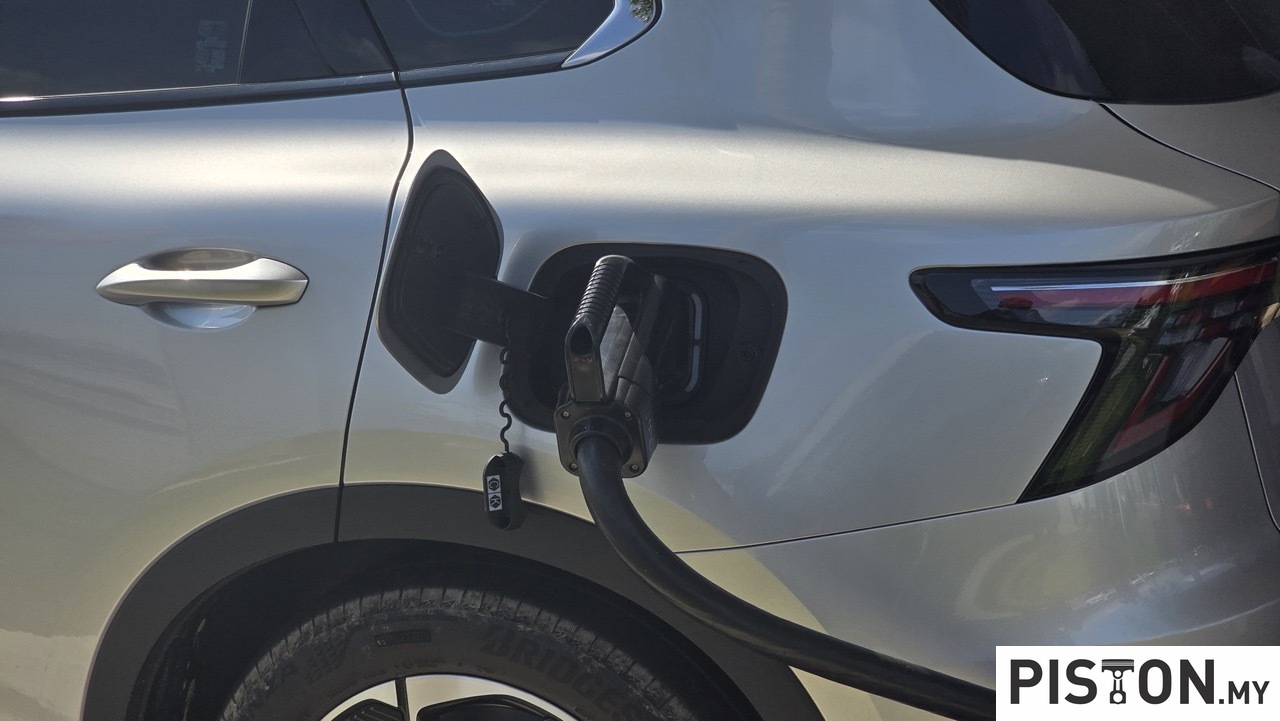
We set out on a drive from Kuala Lumpur to Kuantan, Pahang, a journey of around 263km, typically taking three hours. When we started the trip, the battery was at over 90%, and the system indicated a 400km range. This led us to believe that with a full charge, it could indeed achieve the stated 430km.
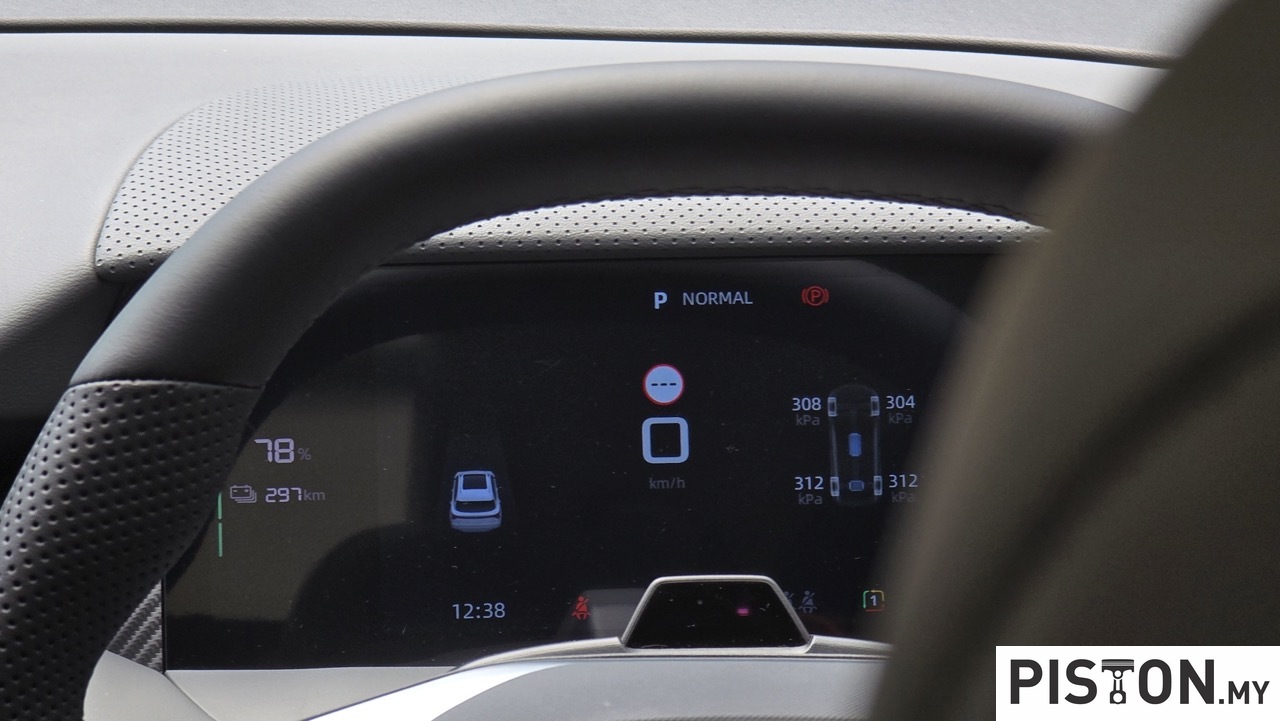
What we didn’t account for, however, were our unscheduled stops, including lunch and a visit to GLO Durian Farm, which made a quick charging session necessary.
Fortunately, the MGS5 EV supports DC fast charging, capable of going from 10% to 80% in just 24 minutes. When we stopped to charge at around 30% battery, it took only 15 minutes to reach 80%, more than enough to shoot us to our final destination (no pun intended).
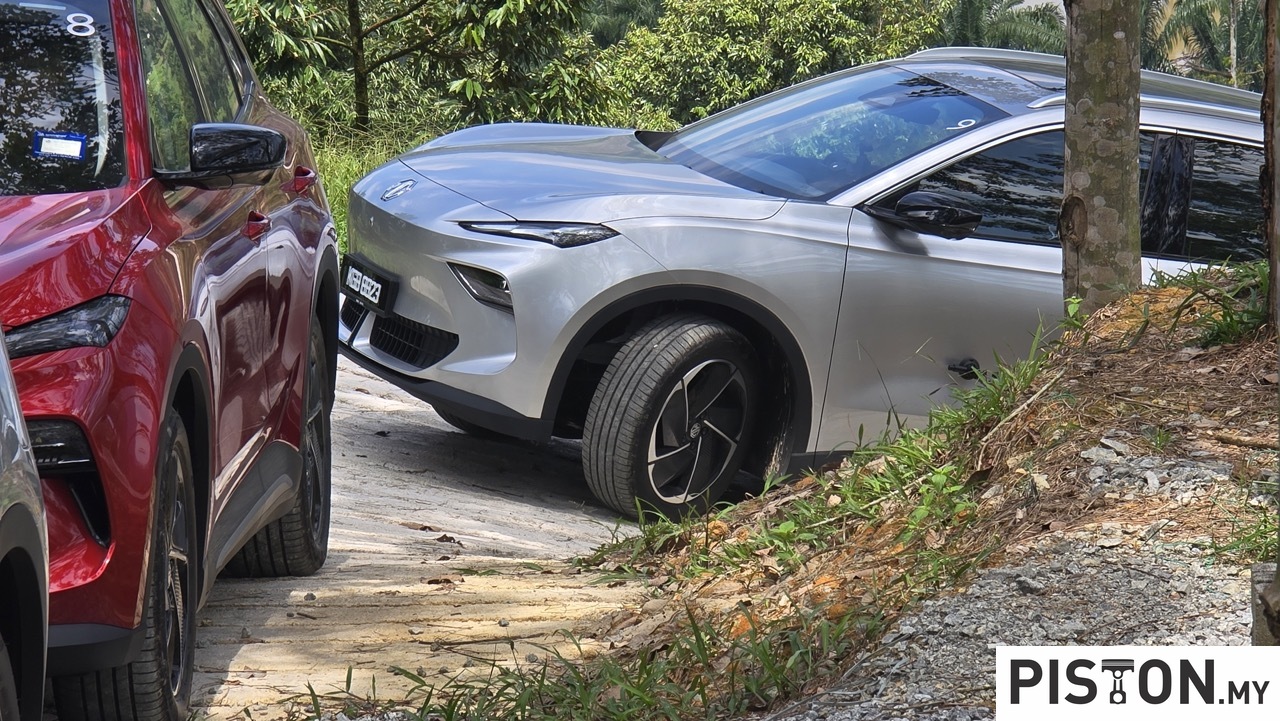
For those looking to maximise range, the car offers adjustable regenerative braking settings. This proved incredibly helpful on our return journey to Kuala Lumpur, where energy conservation was critical.
Power and Precision
Our route to GLO Durian Farm took us through steep, off-road terrain riddled with mud, gravel, and uneven surfaces. Initially, we were skeptical of the MGS5 EV’s ability to handle such conditions. Despite being a rear-wheel drive SUV, the vehicle surprised us by climbing the hill with remarkable ease and stability.
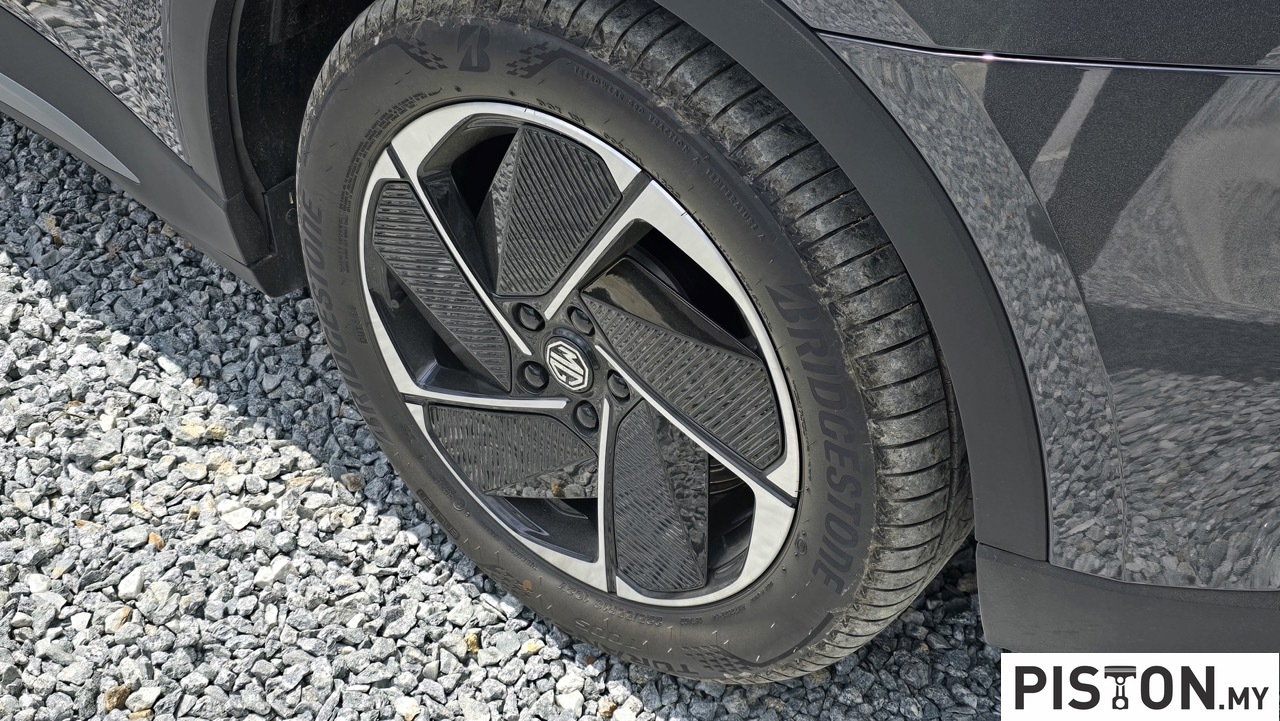
The MGS5 EV features a rear-wheel drive layout with a five-link independent rear suspension, providing confident and composed handling. Its DP-EPS electronic steering system and XDS cornering dynamic control further contribute to agile maneuverability. The 47:53 front-to-rear weight distribution enhances overall balance, making it surprisingly capable on challenging surfaces.
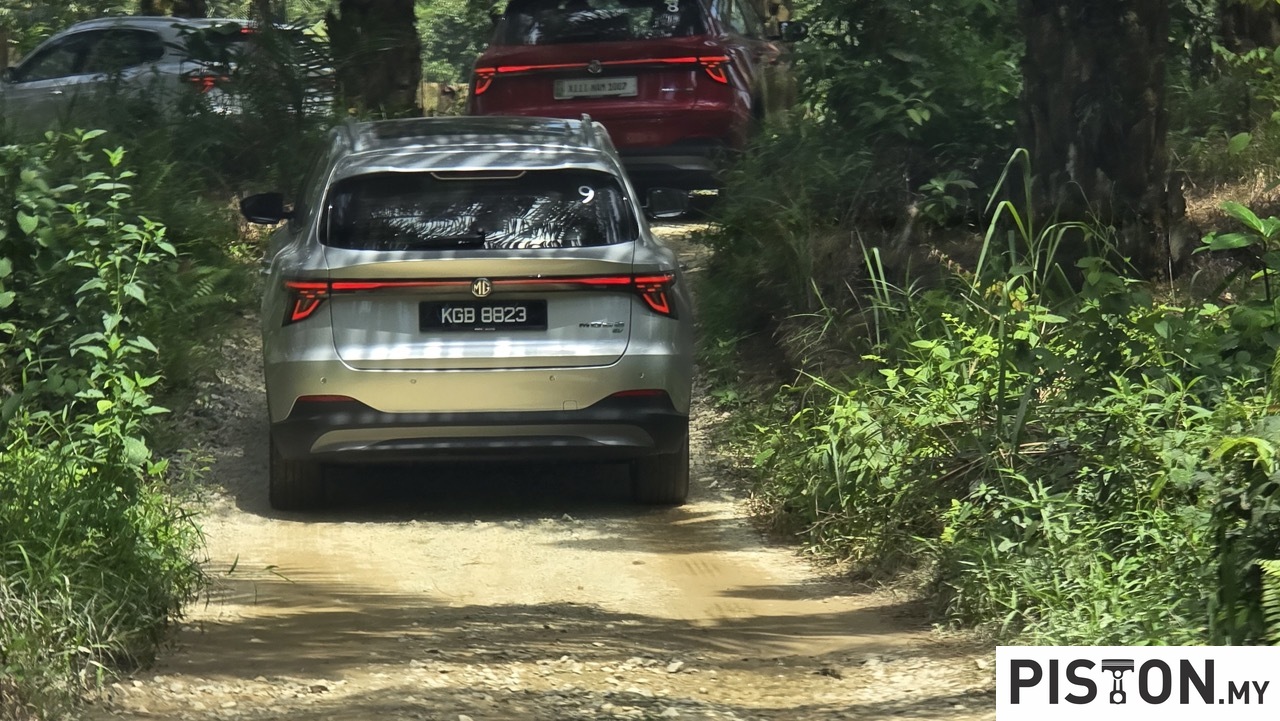
Performance-wise, the MGS5 EV delivers 170PS and 250Nm of torque, with a 0-100km/h time of 8.0 seconds, more than adequate for a family SUV. On the highway, the car feels far from sluggish. It does not have the instant torque jolt of more aggressive EVs, it delivers a smooth power curve and reaches a top speed of 175km/h, which is impressive for its segment.
Stability and Safety
Even at high speeds, the MGS5 EV maintains impressive stability and comfort. It is engineered to meet Euro NCAP five-star safety standards, with a cage-like structure made from 77% high-strength steel and up to 47% ultra-high-strength steel.
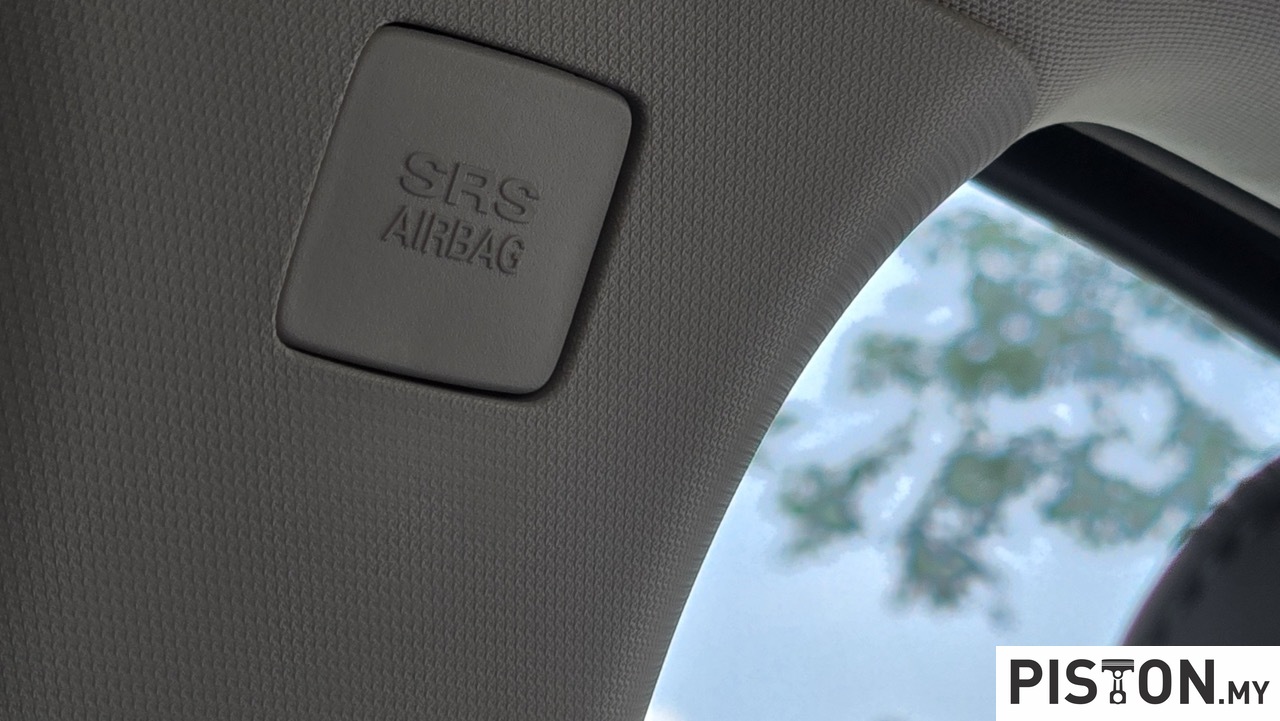
Reinforced crash beams and a hot-formed cross beam provide additional protection for both occupants and the battery.
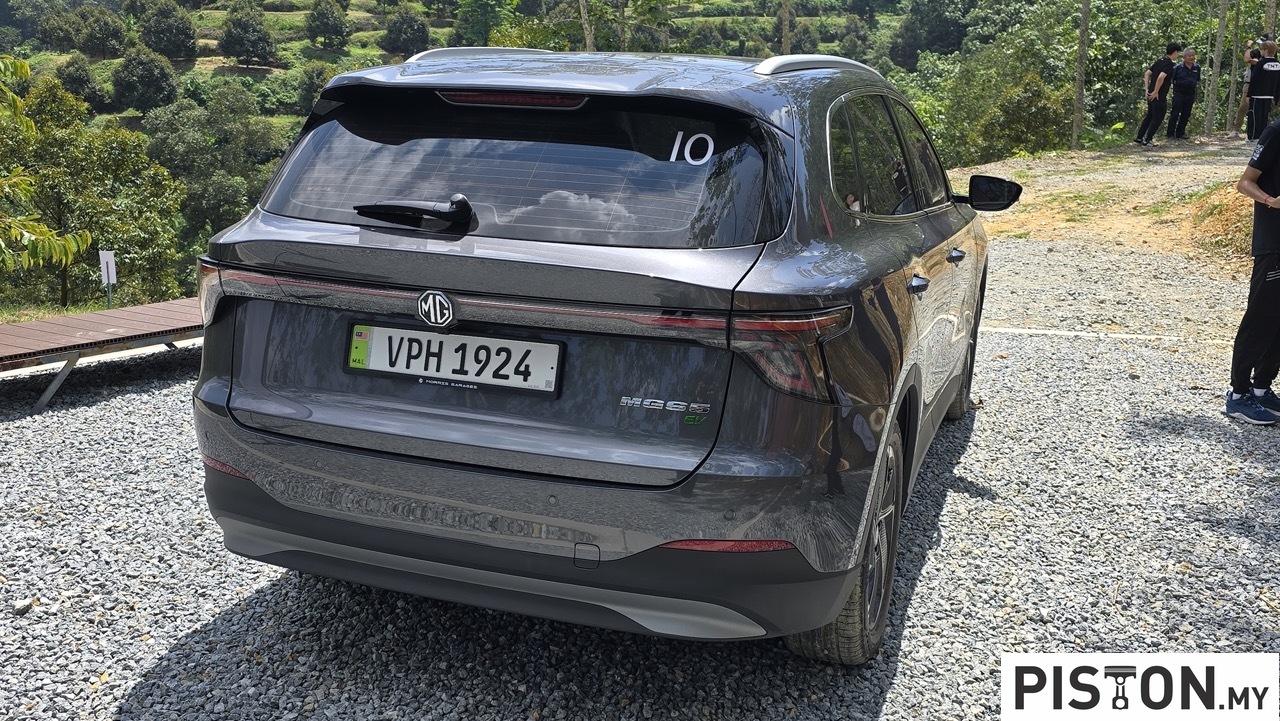
In terms of active safety, the MGS5 EV is equipped with 16 ADAS (Advanced Driver Assistance System) sub-functions, covering a wide range of driving scenarios. These include Forward Collision Warning (FCW), Automatic Emergency Braking (AEB), Intelligent Headlamp Control (IHC), Adaptive Cruise Control (ACC), Traffic Jam Assist (TJA), and various lane-keeping and driver-monitoring systems.
For passive safety, the vehicle includes seven airbags as standard, including a centre airbag that enhances occupant protection in the event of a side impact.
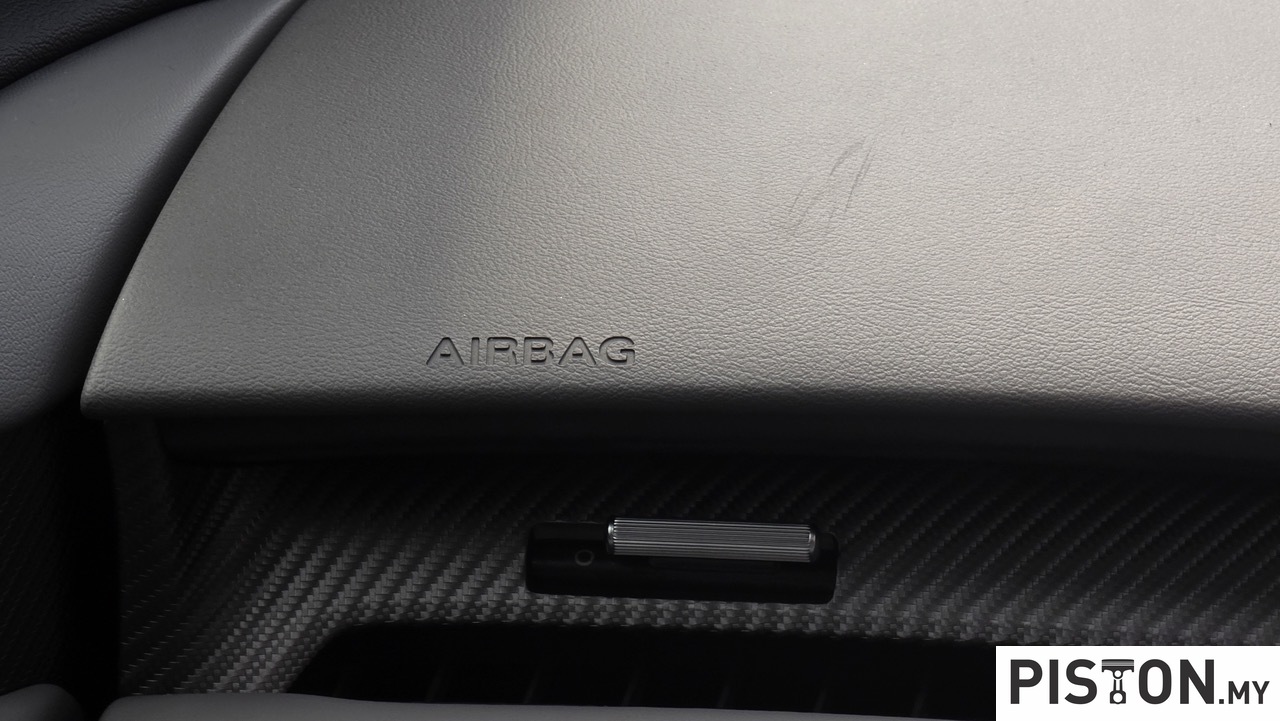
Physical Controls in a Digital Age
While most modern EVs rely solely on touchscreen controls, even for basic functions like adjusting air-conditioning, the MGS5 EV stands out by including physical buttons and switches. This not only improves ease of use but also reduces driver distraction.
The interior features a 12.8-inch central touchscreen, a layered dashboard design, and a clearly laid-out physical control panel.
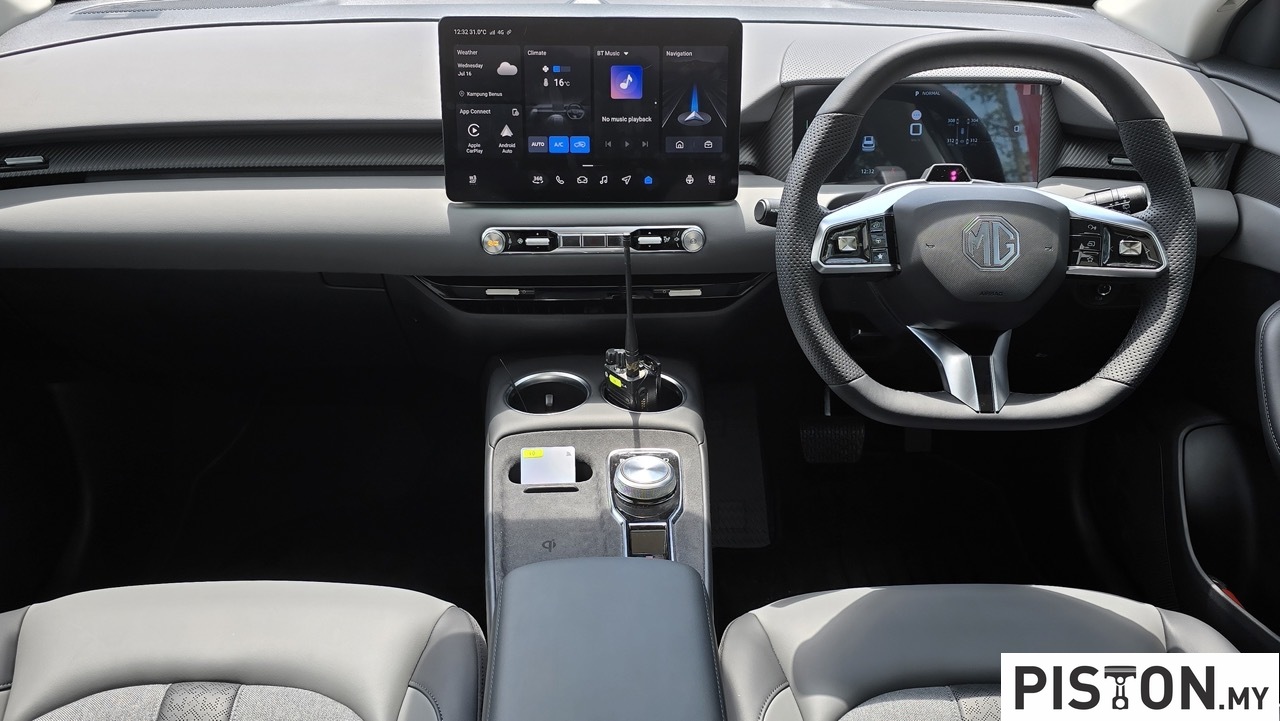
It is equipped with a flat-top-and-bottom 3-spoke steering wheel, a 10.25-inch digital instrument cluster, a rotary gear knob, and a wireless charging pad.
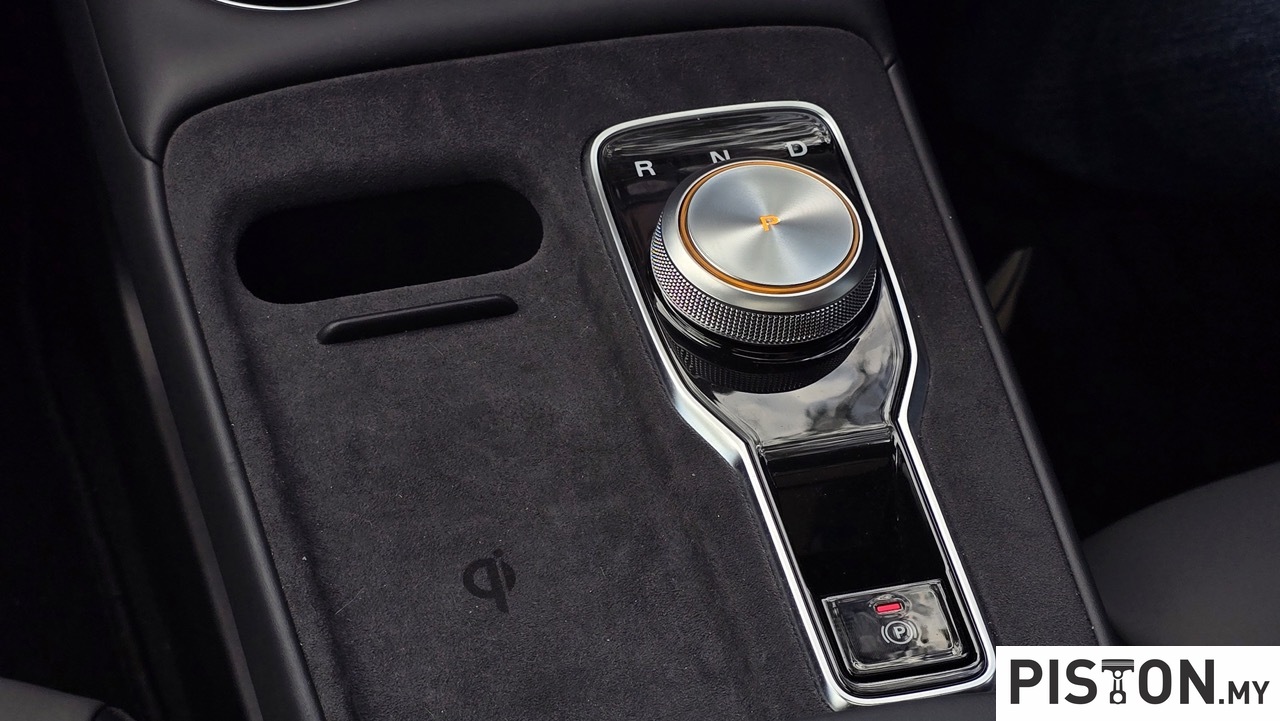
The Voice You’ll Never Forget
Not everything is perfect. The wireless charging pad was somewhat slow and tended to overheat the phone. Using the USB ports located under the armrest proved more efficient.
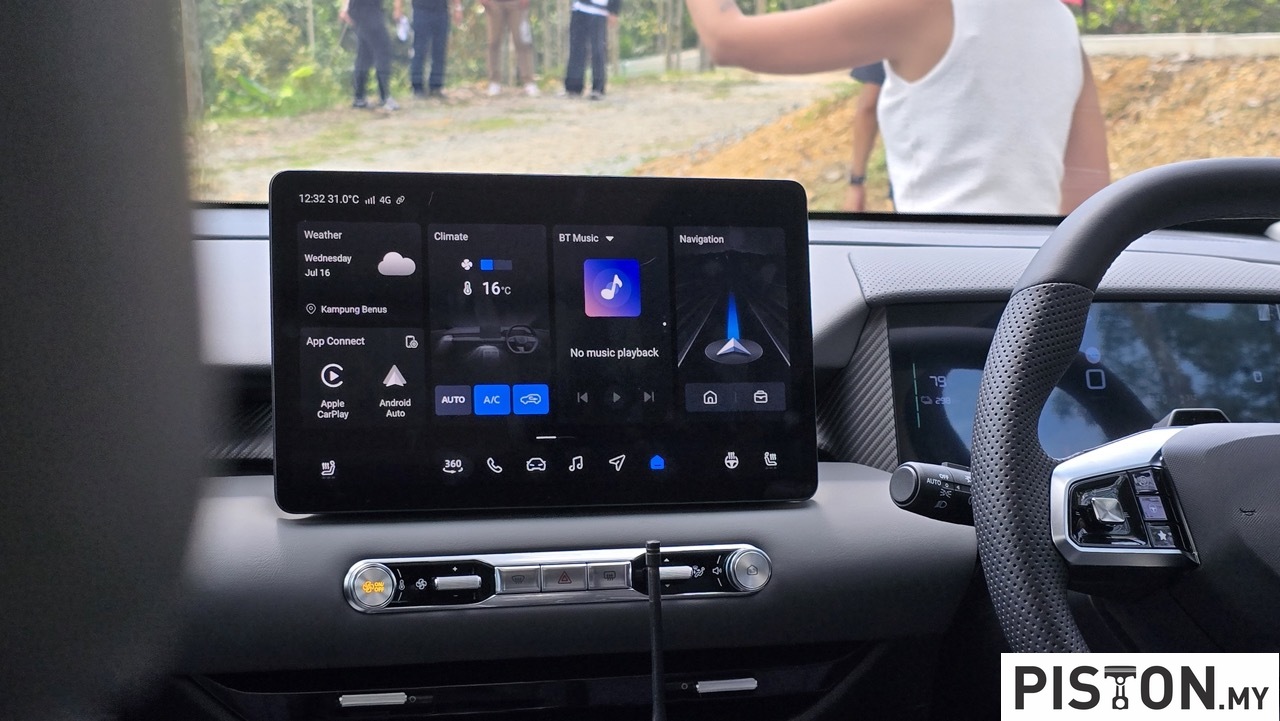
But the most frustrating thing with the car during our journey was the speed limit warning chime. This audible alert triggered every two minutes, and there was no way to disable it. MG has since confirmed that an upcoming software update will allow users to mute this feature, something we look forward to, as the repeated warnings became quite bothersome over a long trip.
Worth the Extra Ringgit?
At RM135,900 for the top-spec LUX Long Range, the MGS5 EV is slightly more expensive than some competitors. However, considering the well-rounded feature set, thoughtful design, and impressive performance, the added cost feels justified.
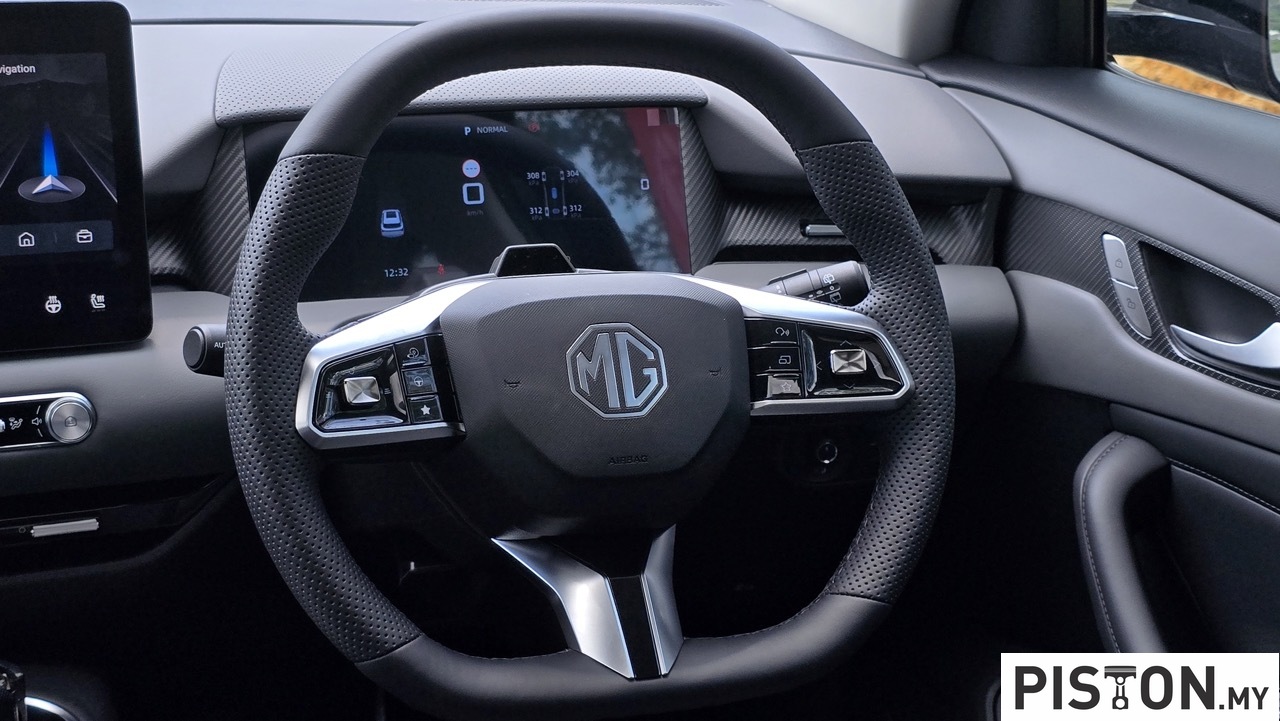
You’re not just paying for an electric vehicle; you’re paying for comfort, usability, and peace of mind on the road.
Specifications:
MGS5 EV LUX Long Range
Price: RM135,900
Motors: Single Rear Motor
Power: 170PS and 250Nm
Battery: 62 kWh Blade LFP
Range: 430km (WLTP)
Charging: 150kW DC / 7kW AC
We like: Physical controls
We don’t like: Speed limit warning

